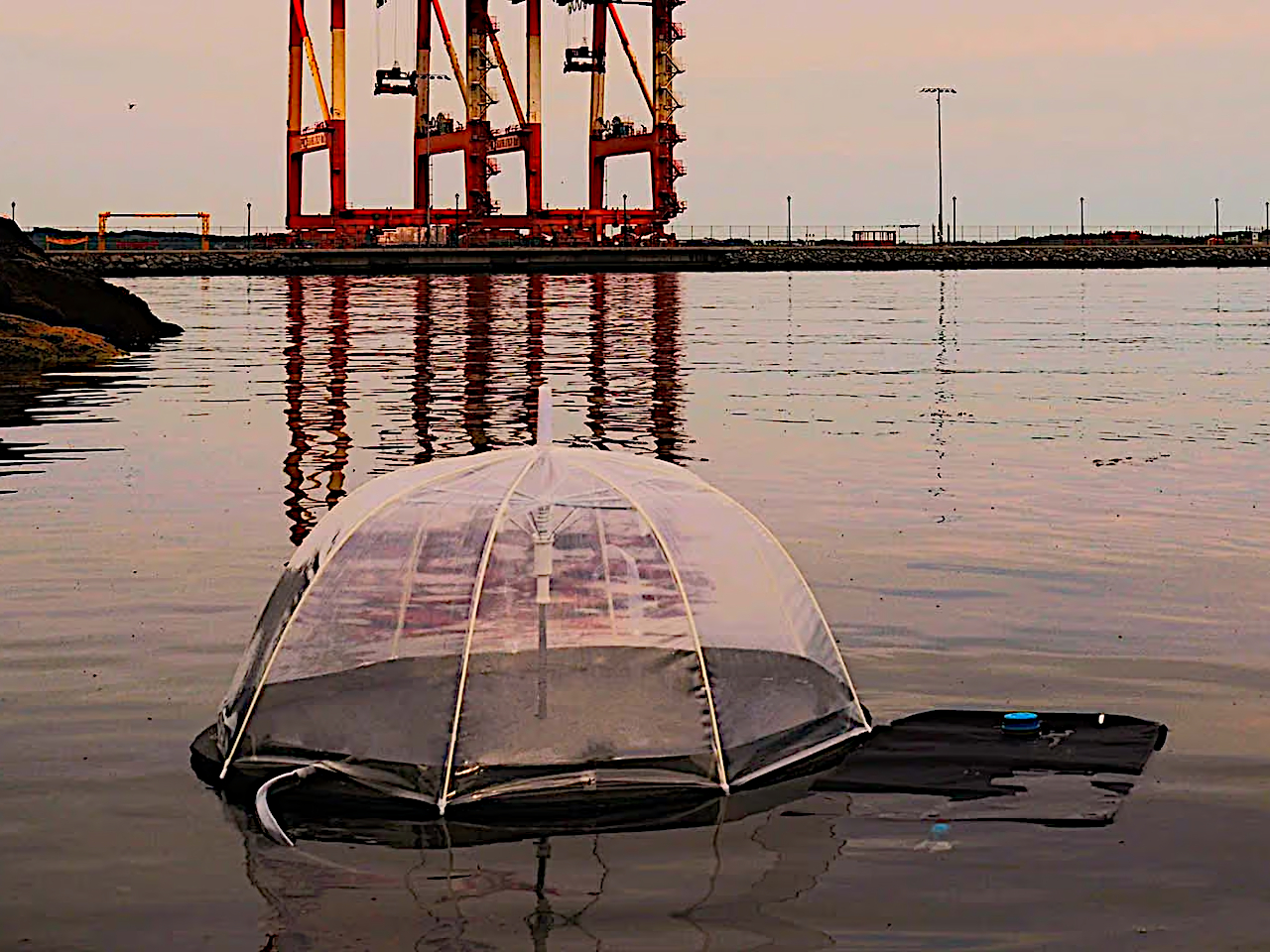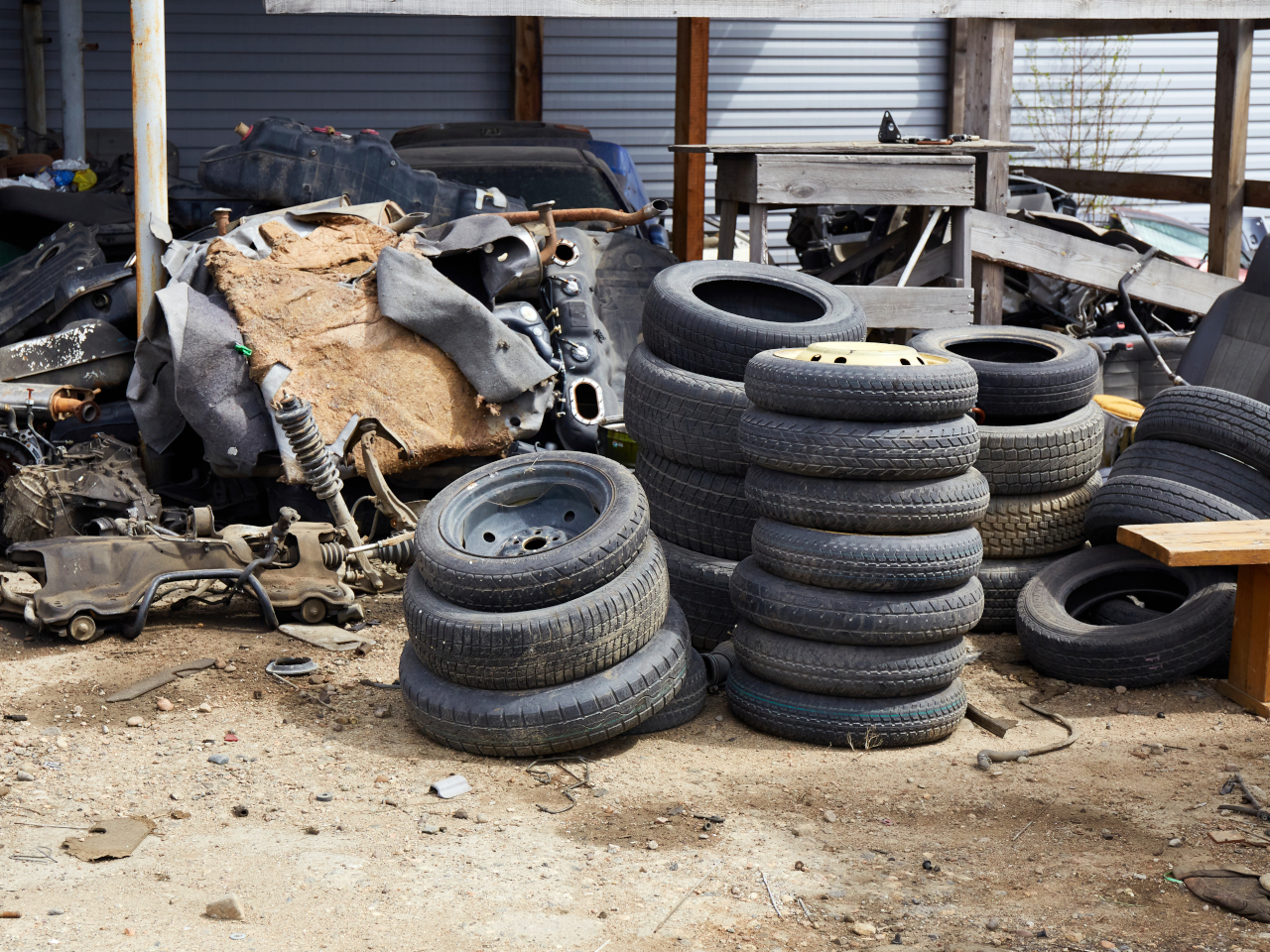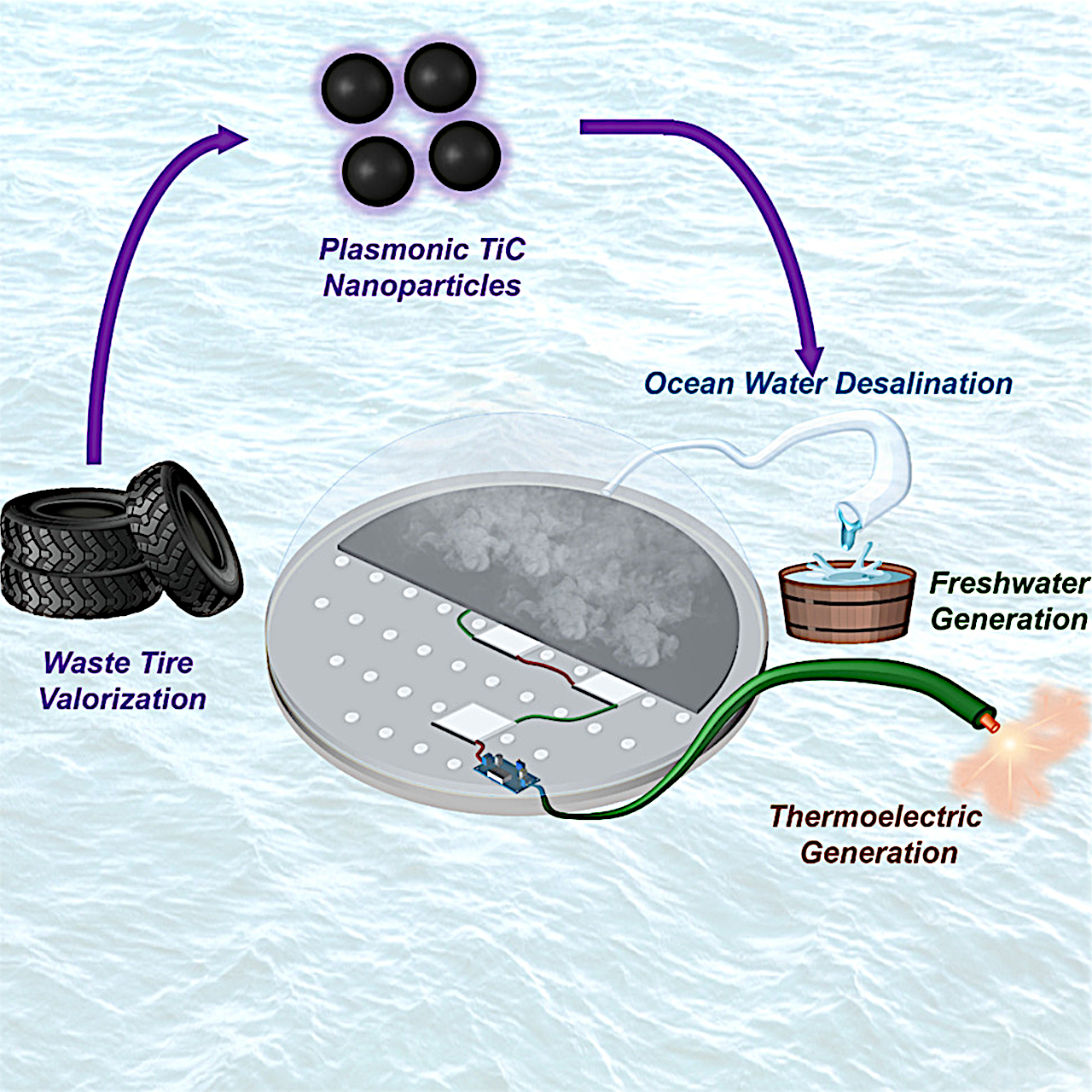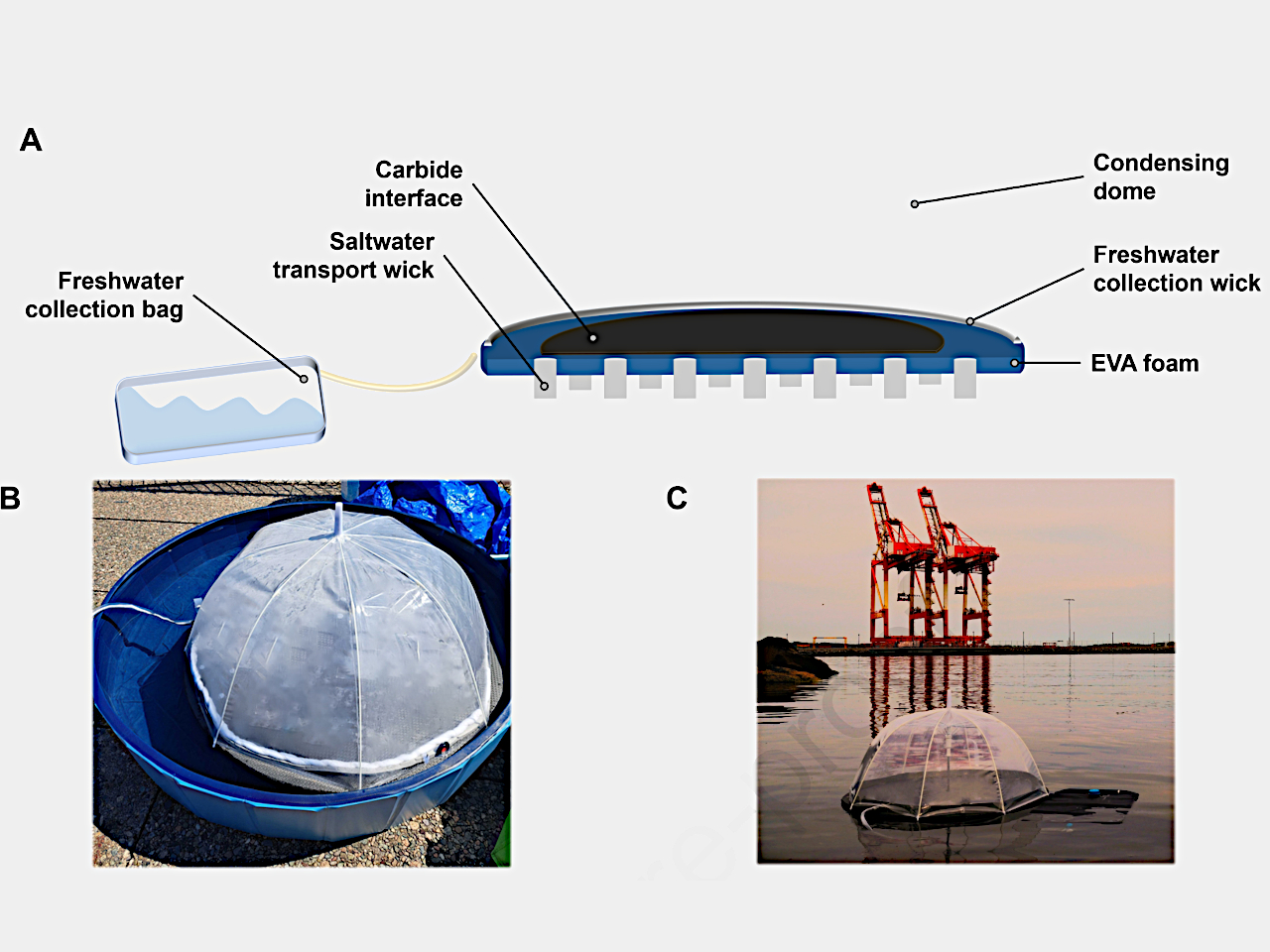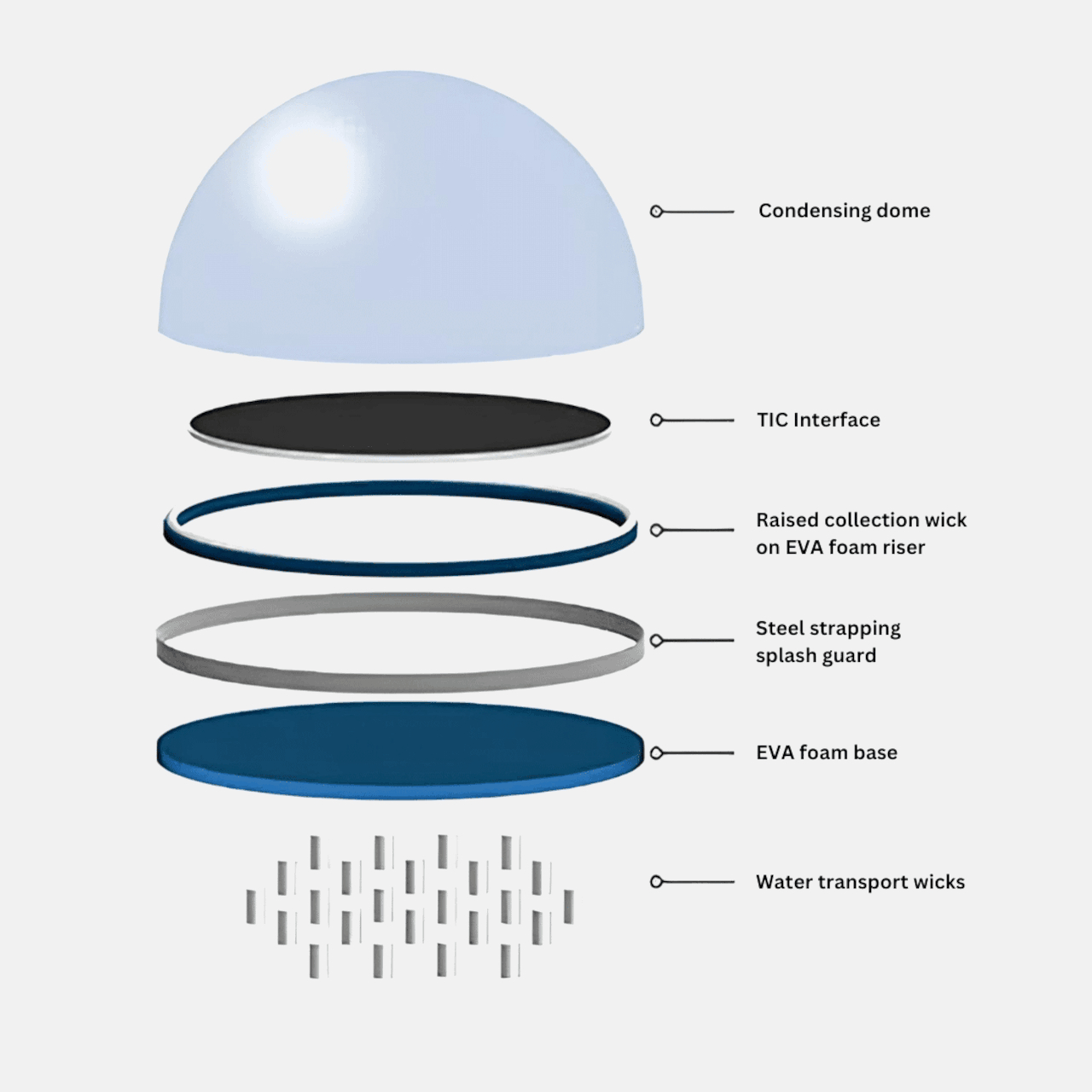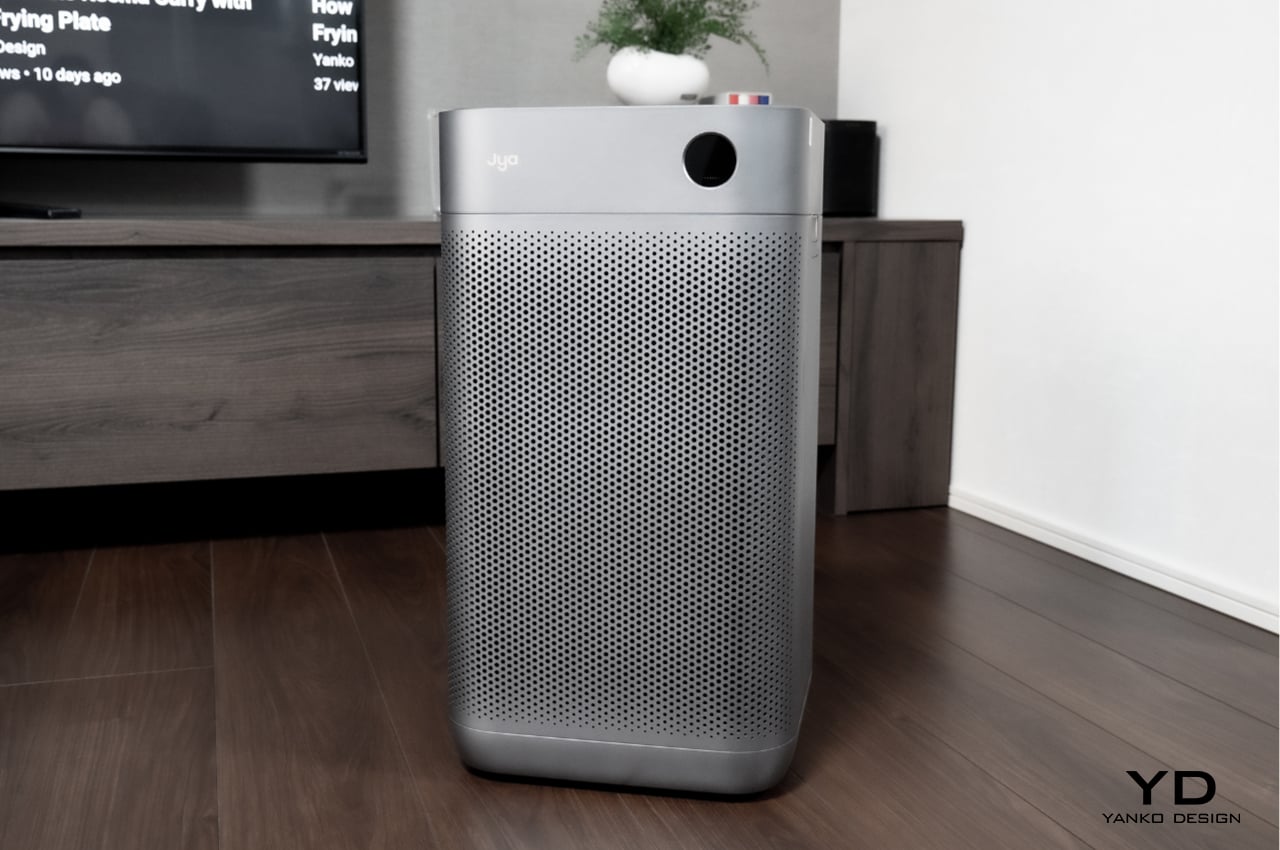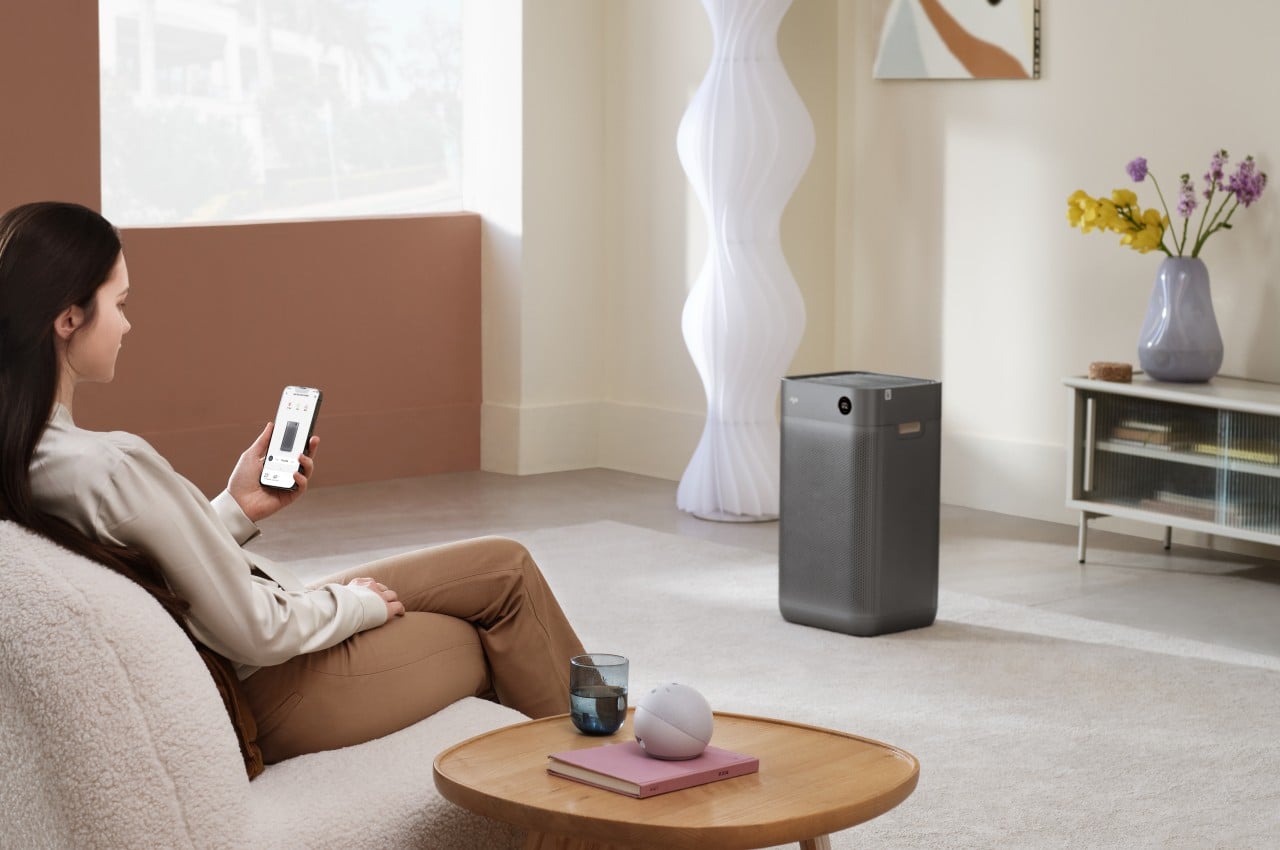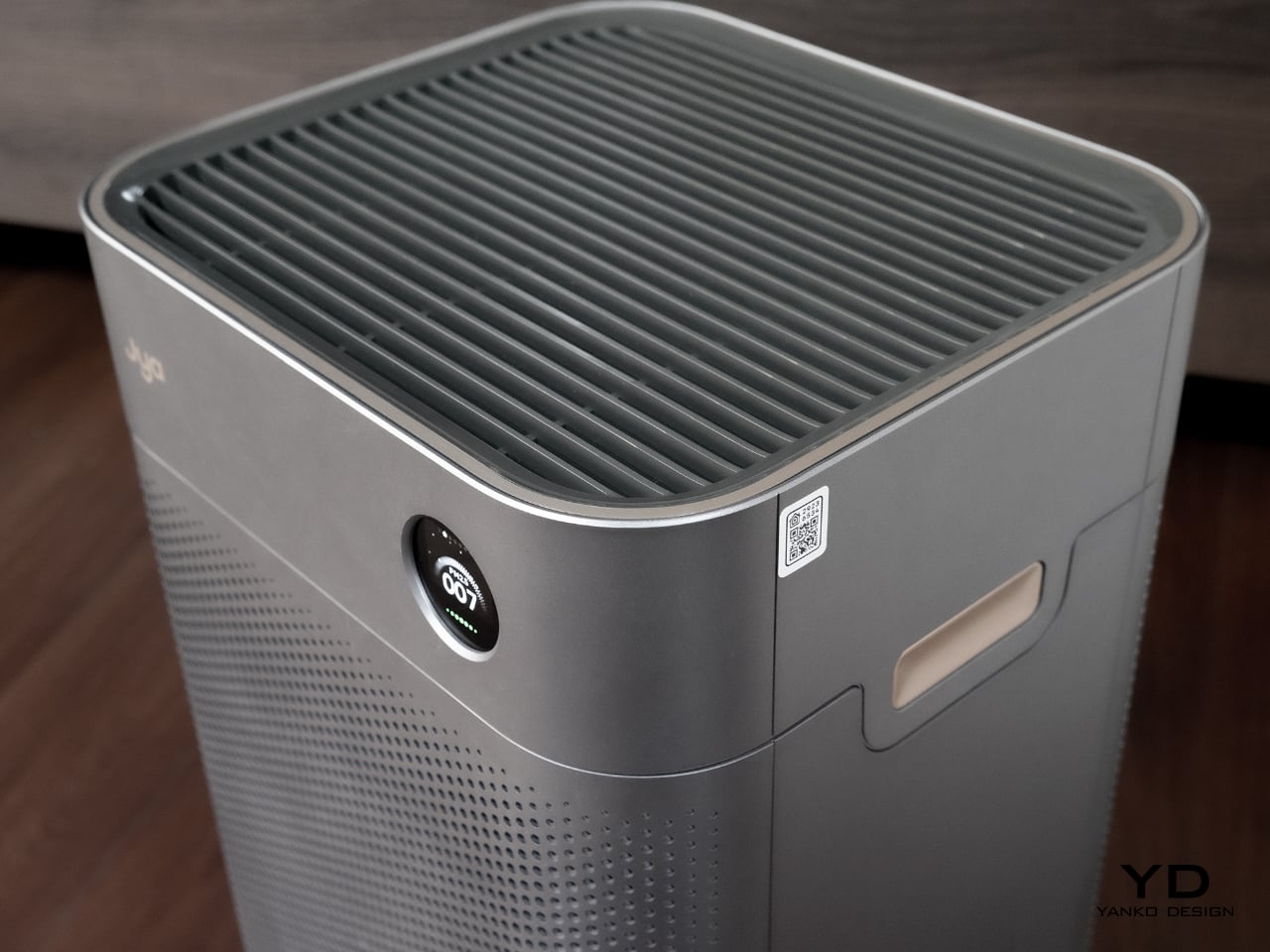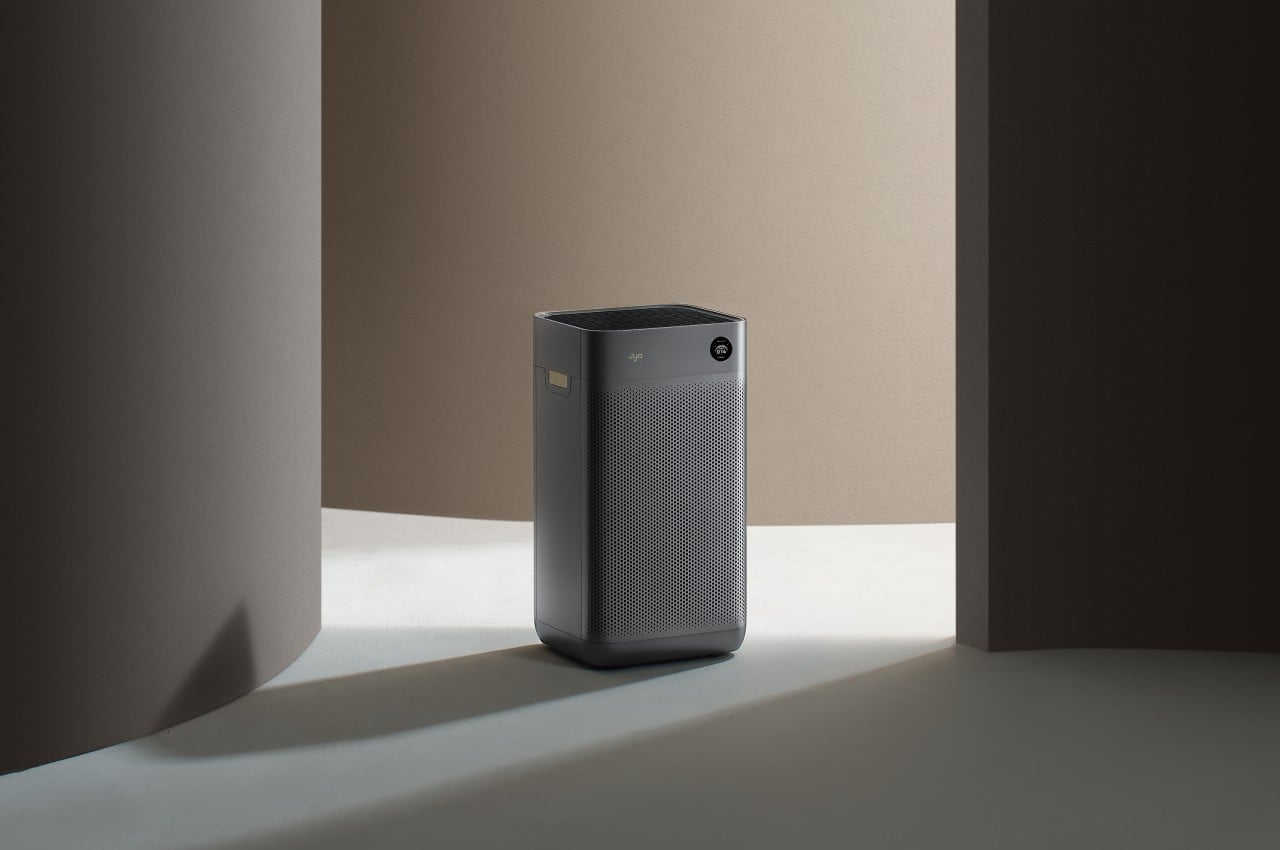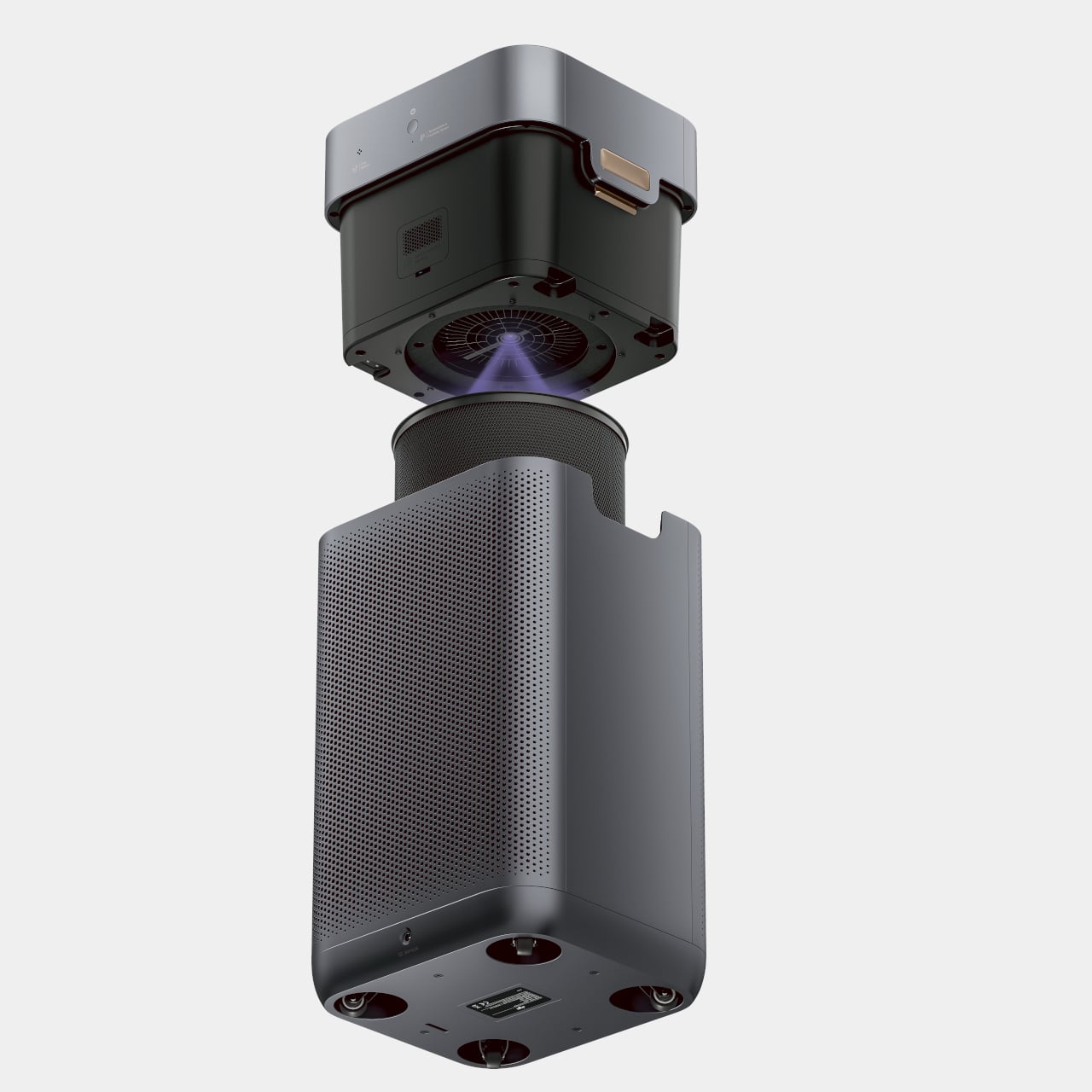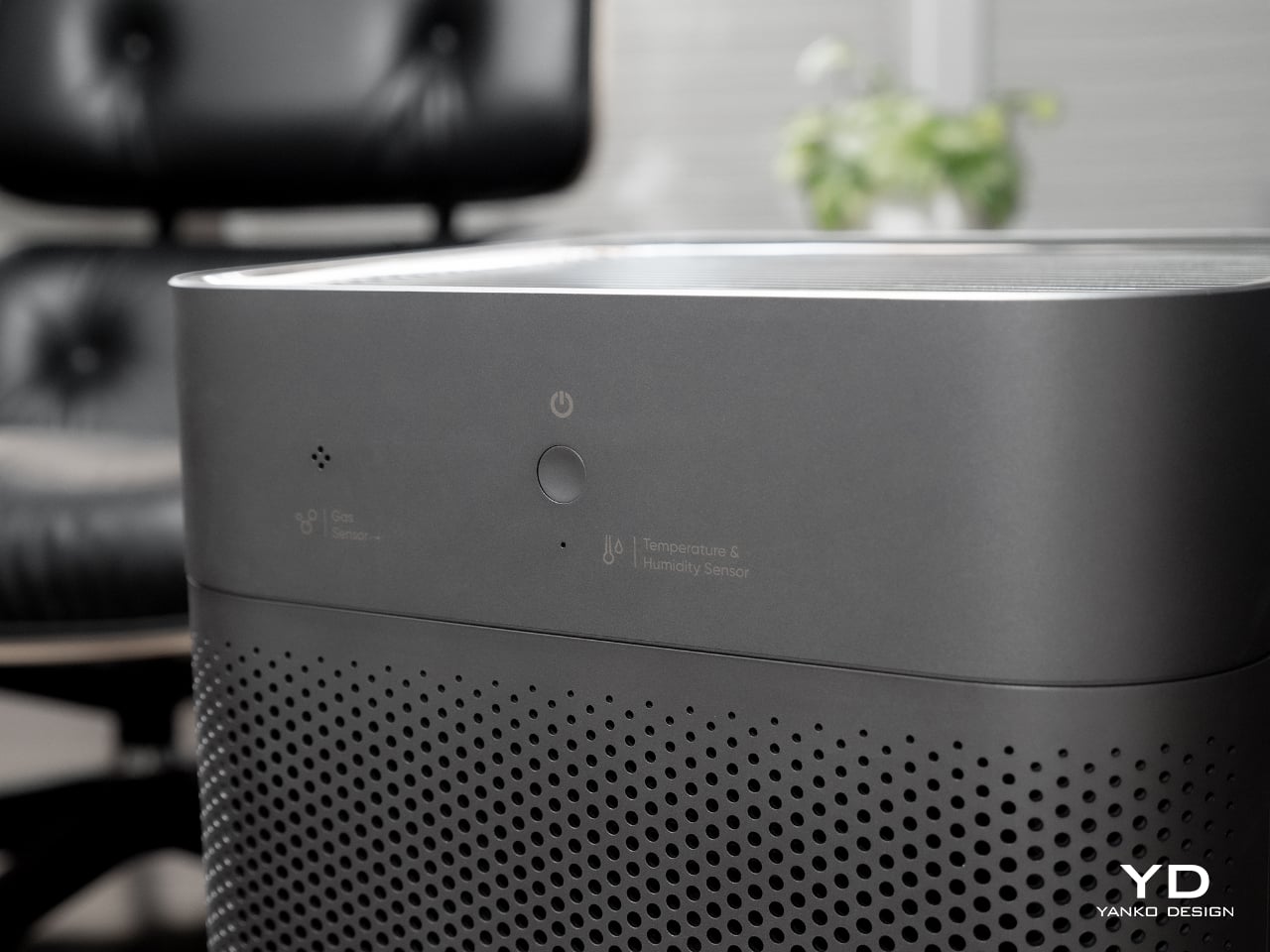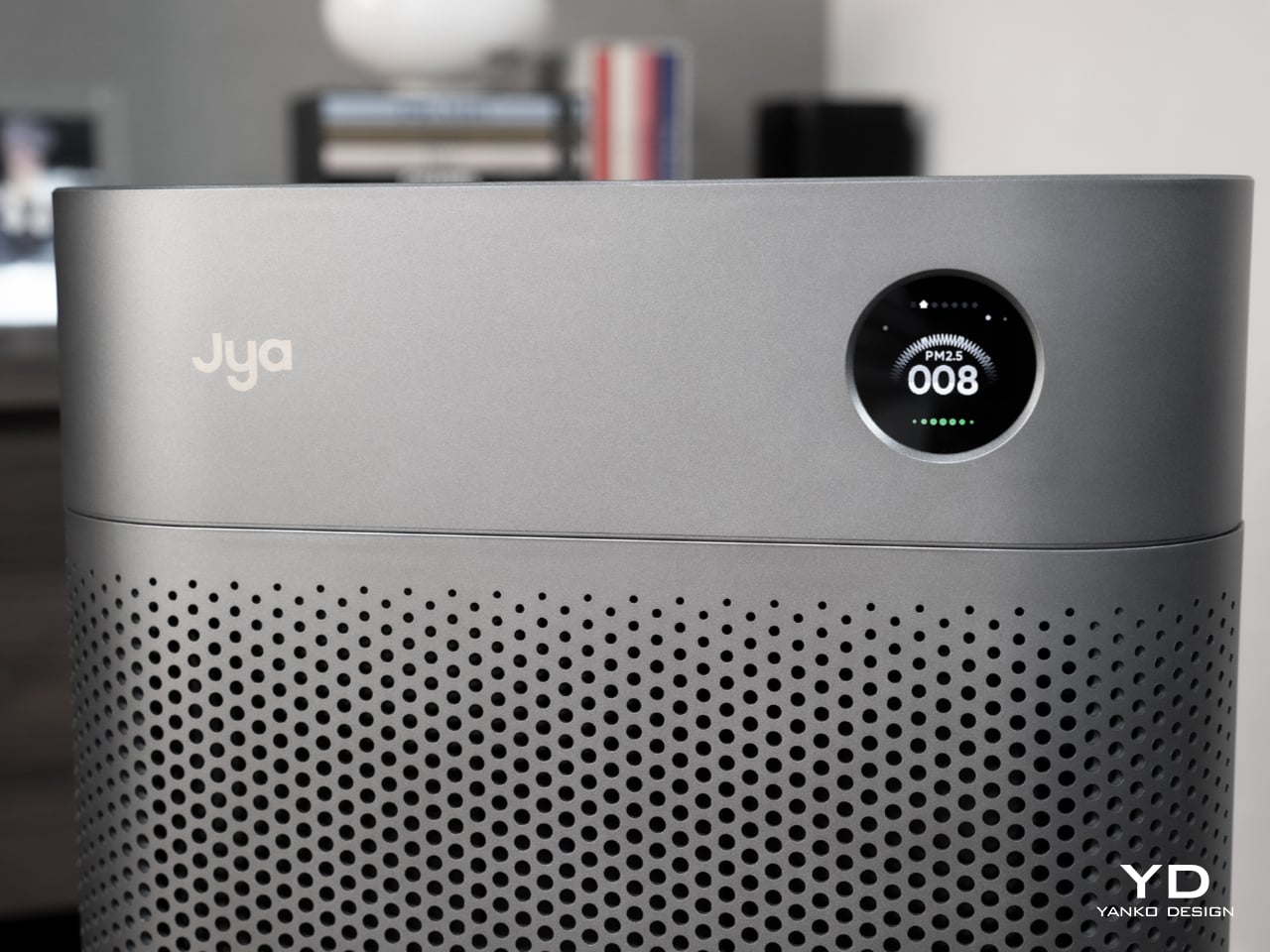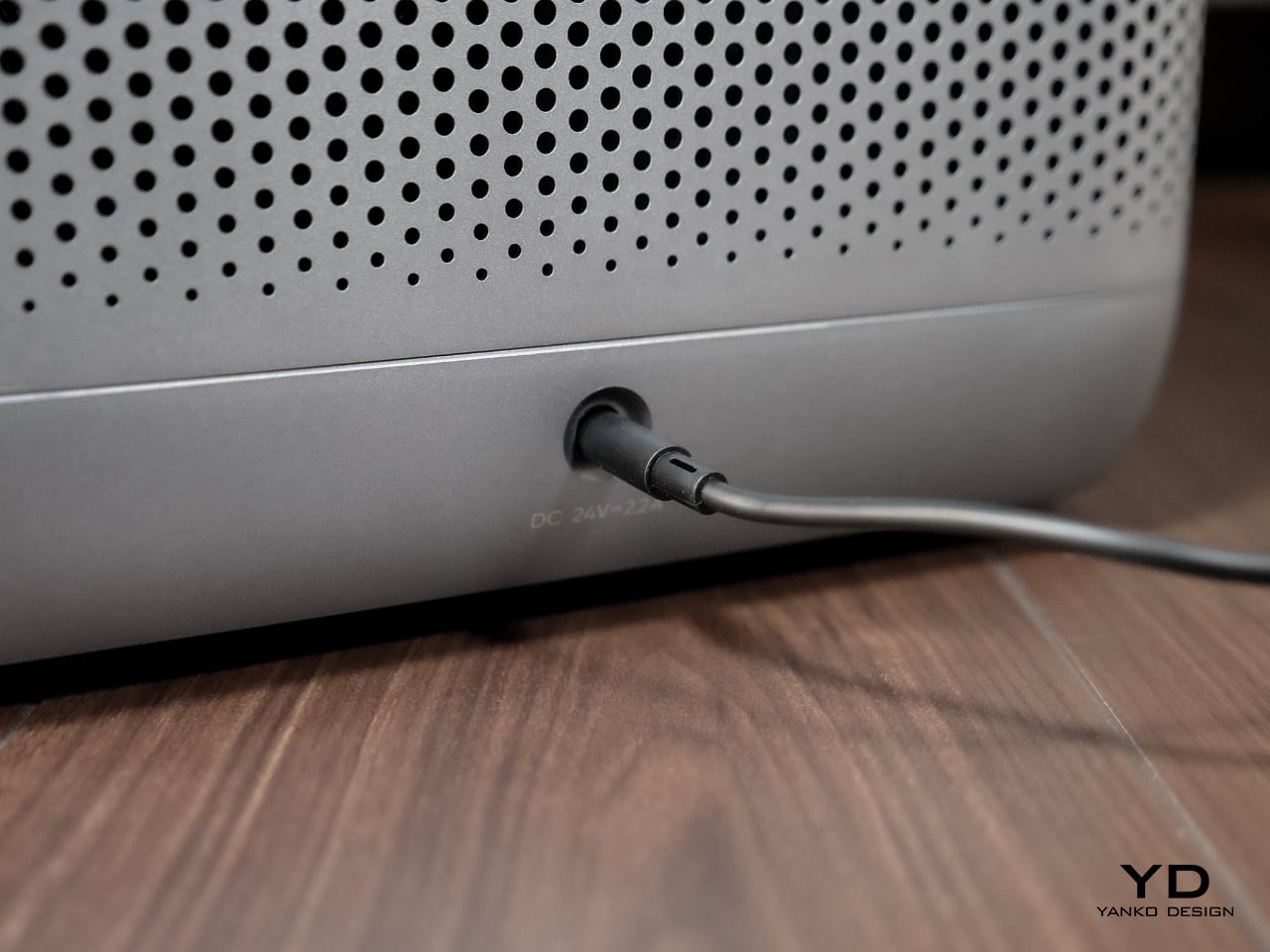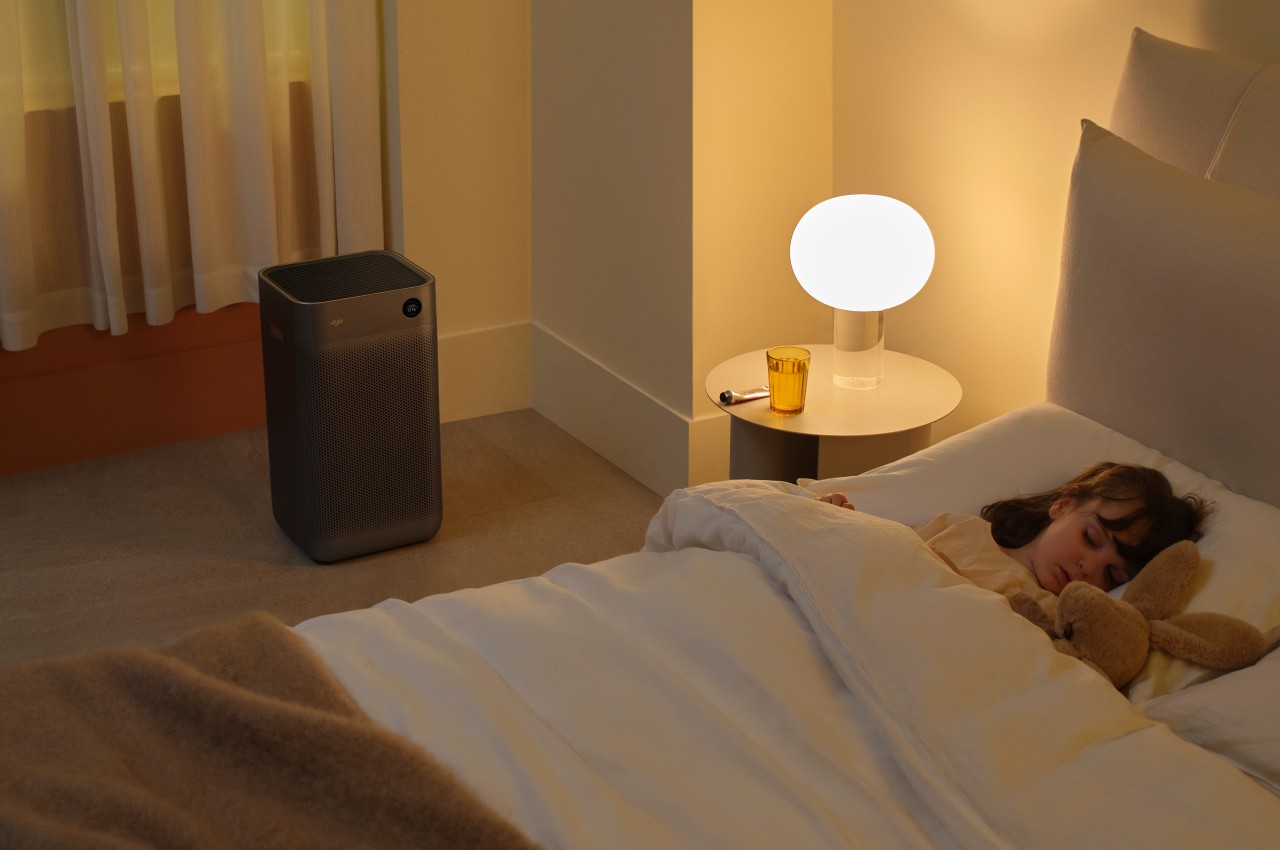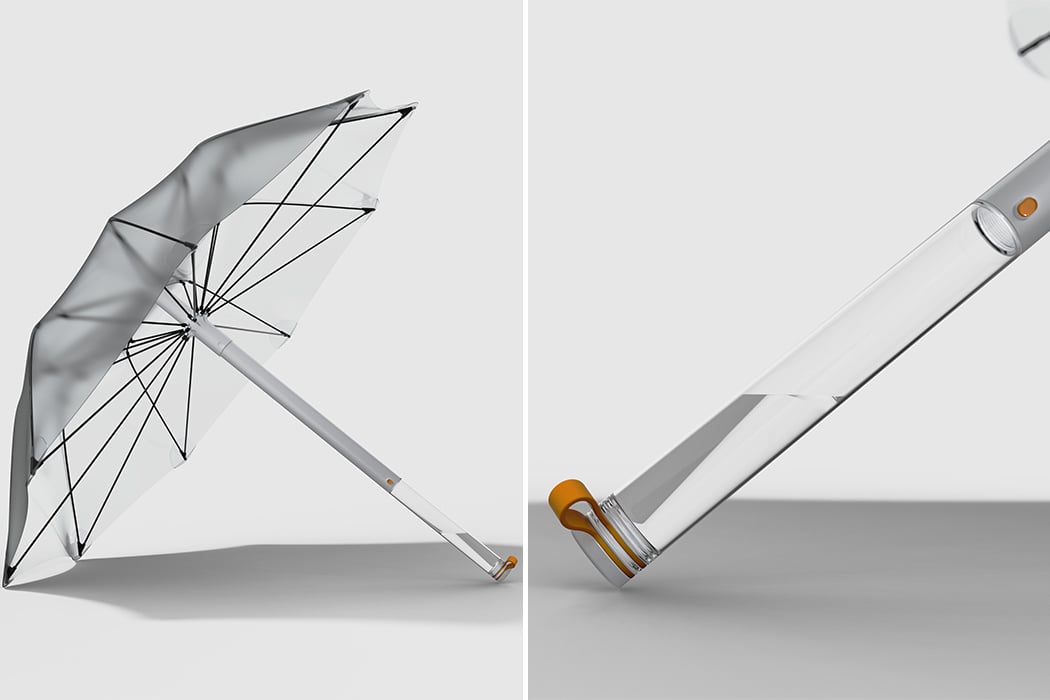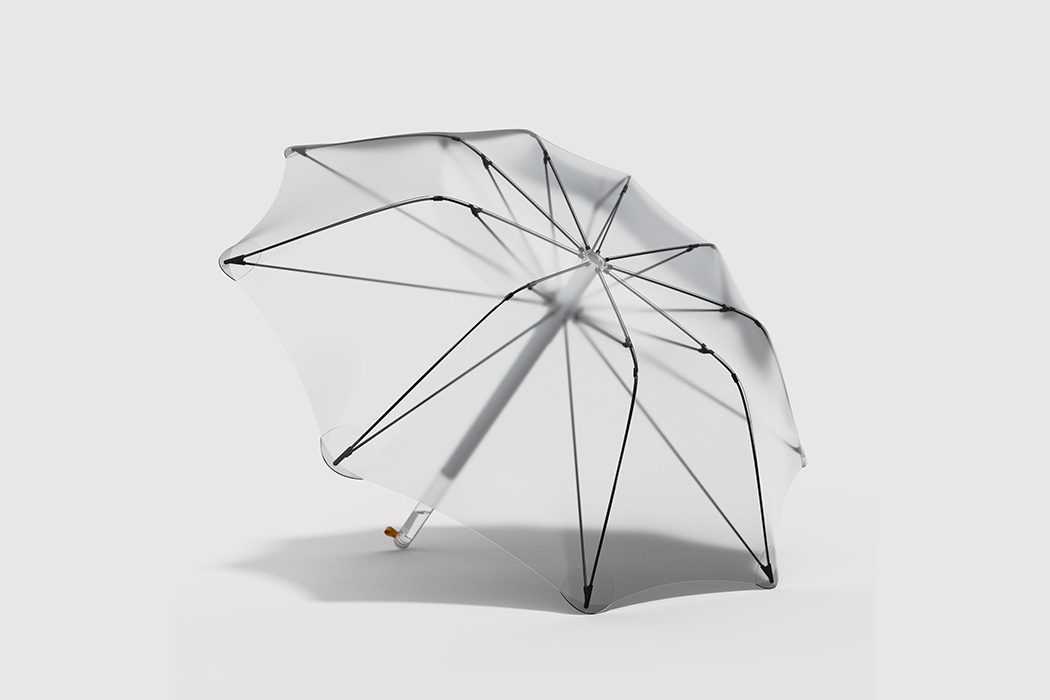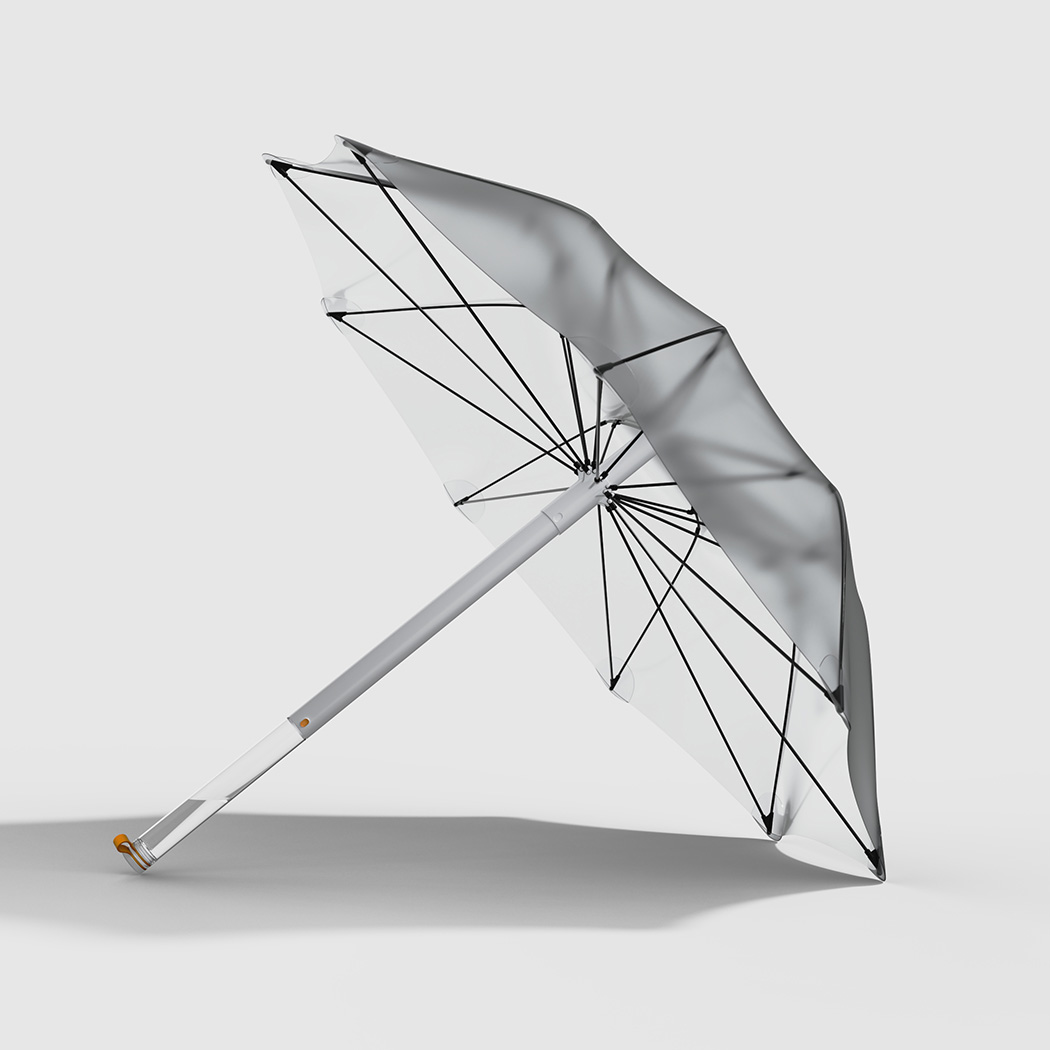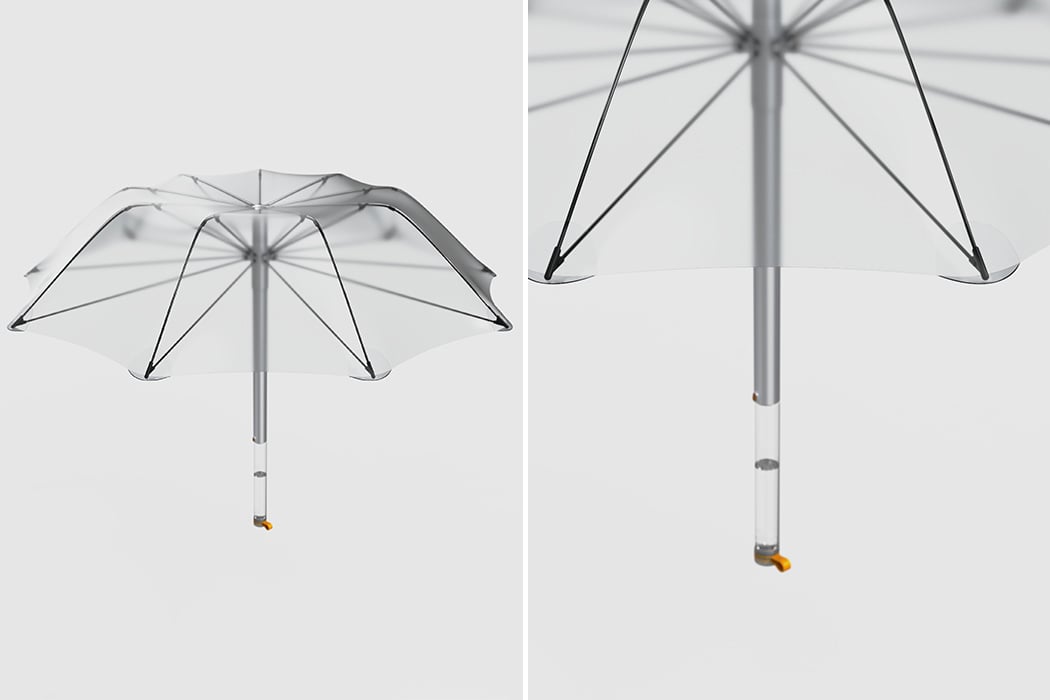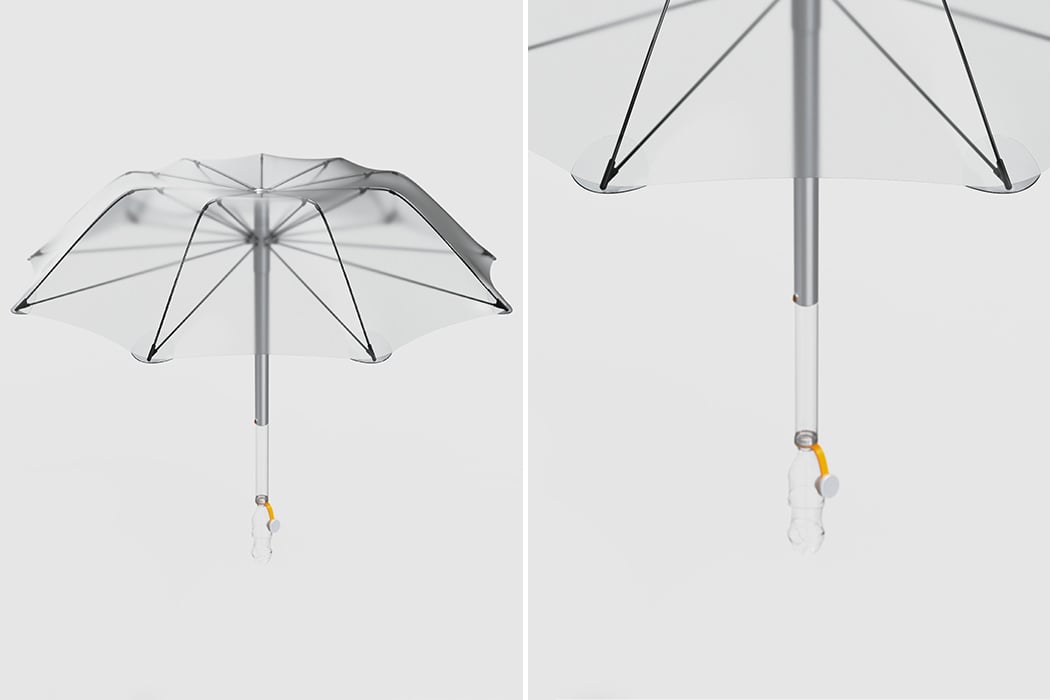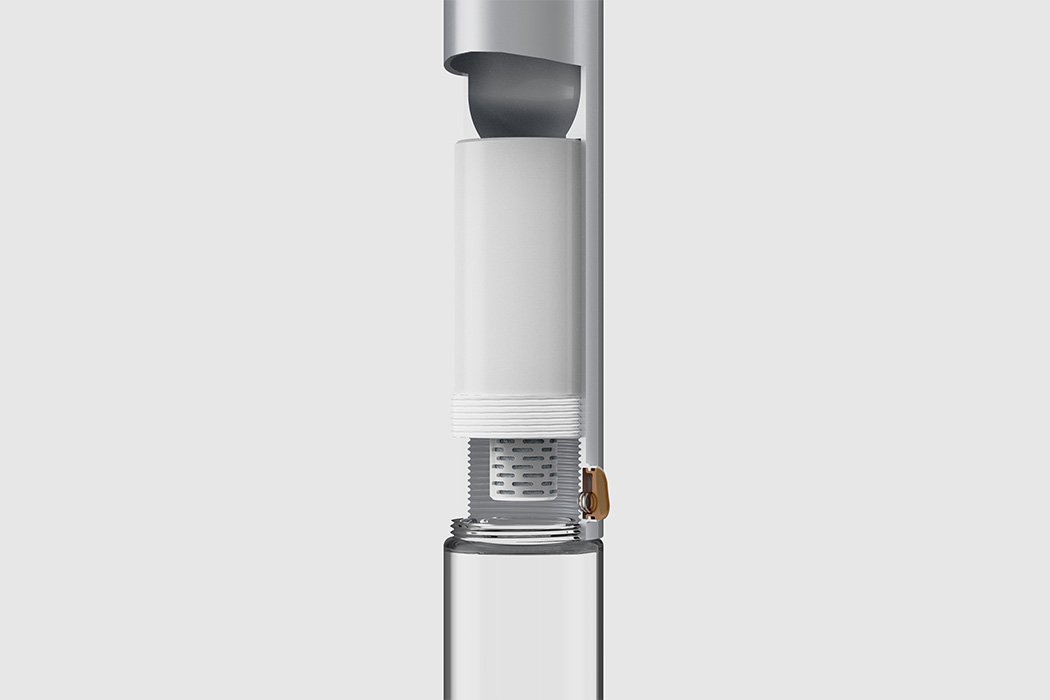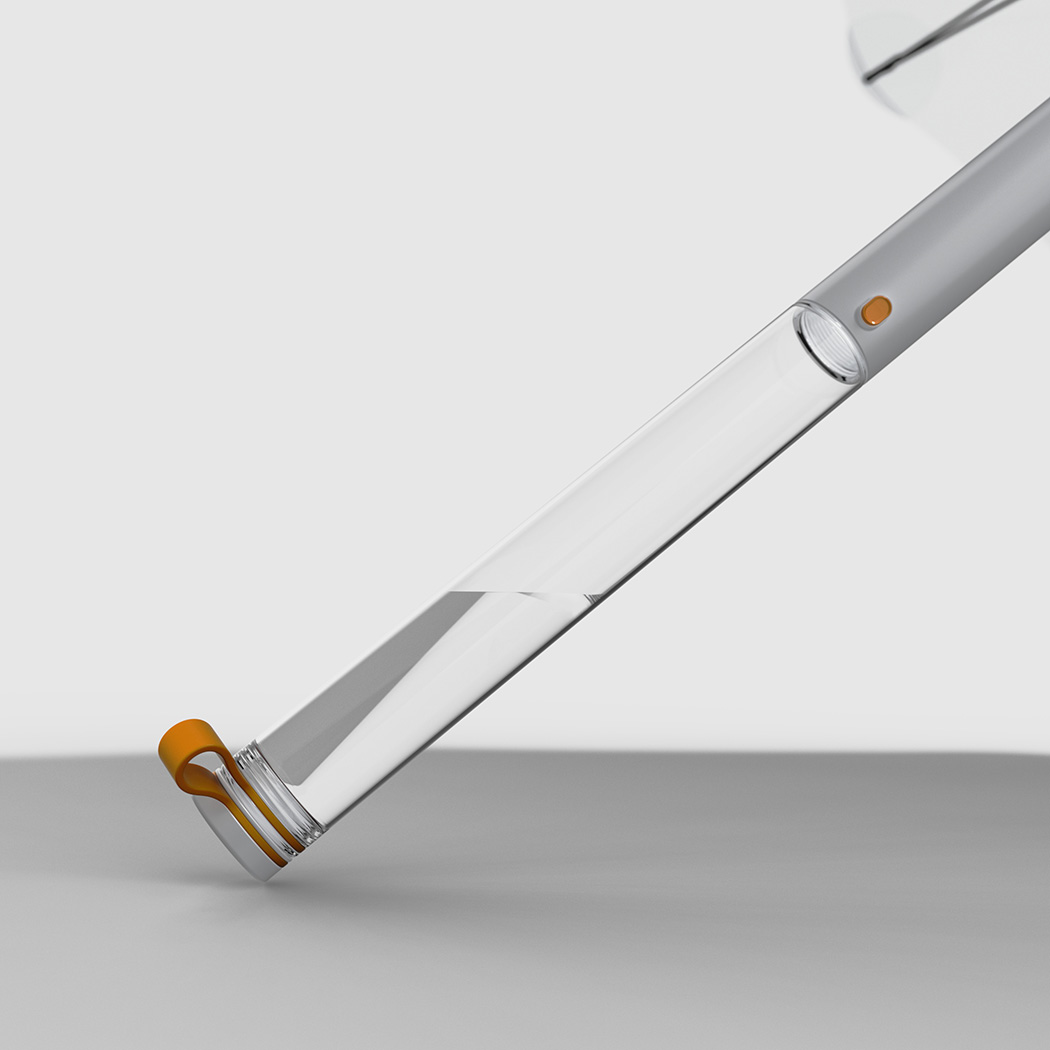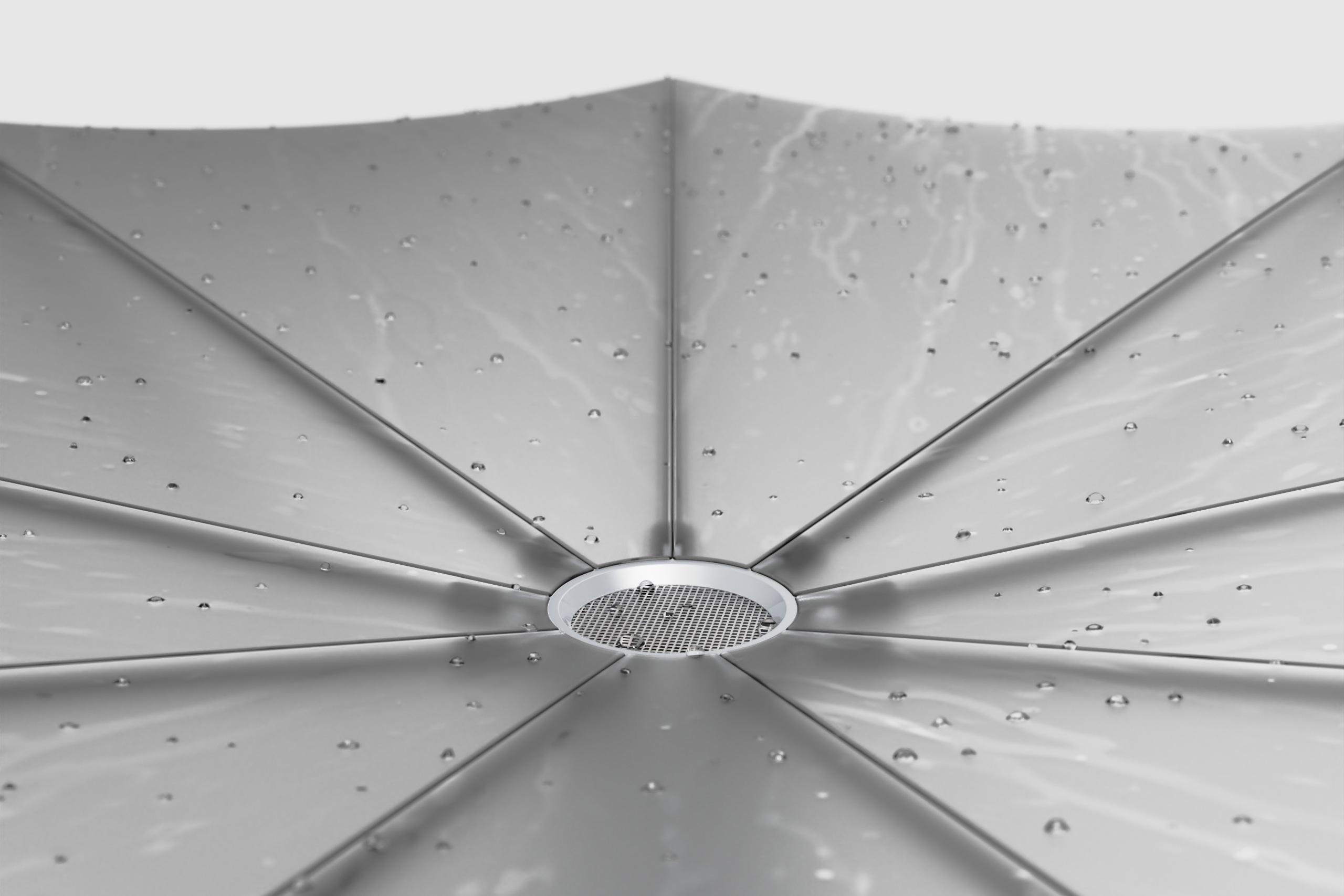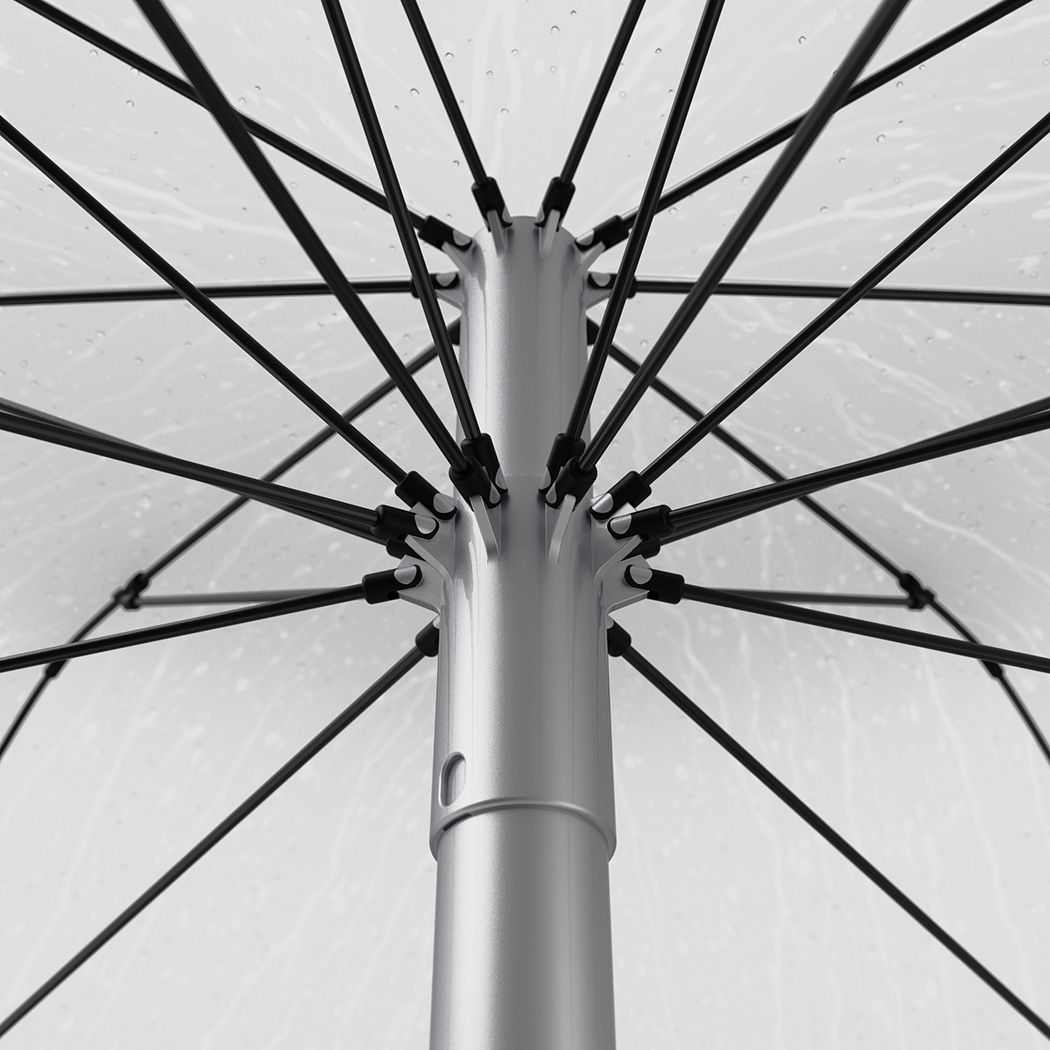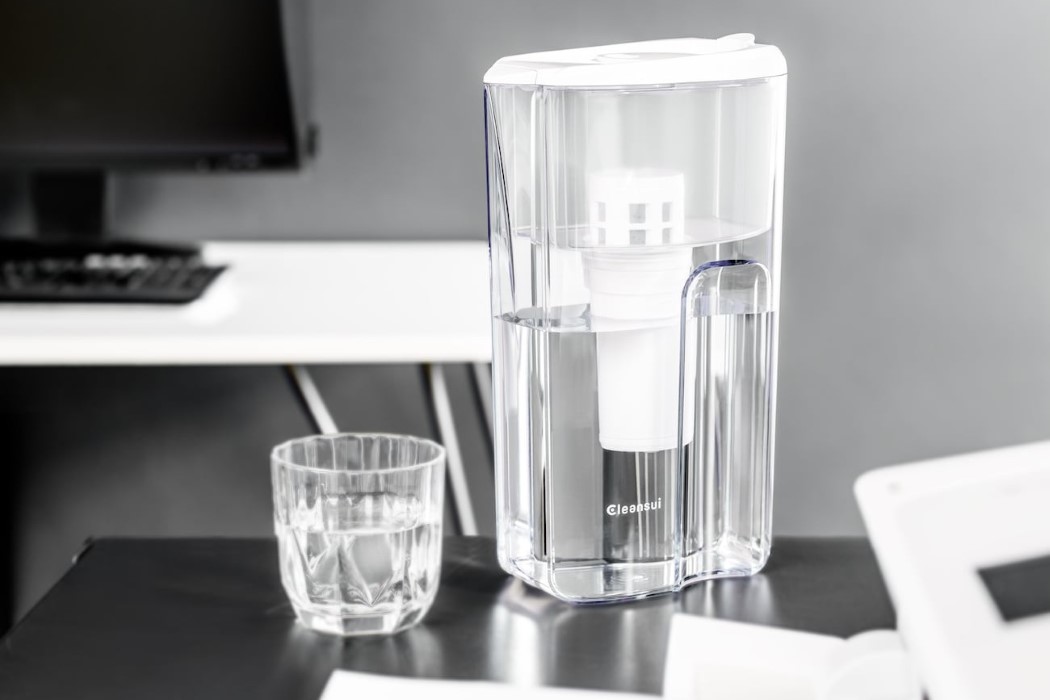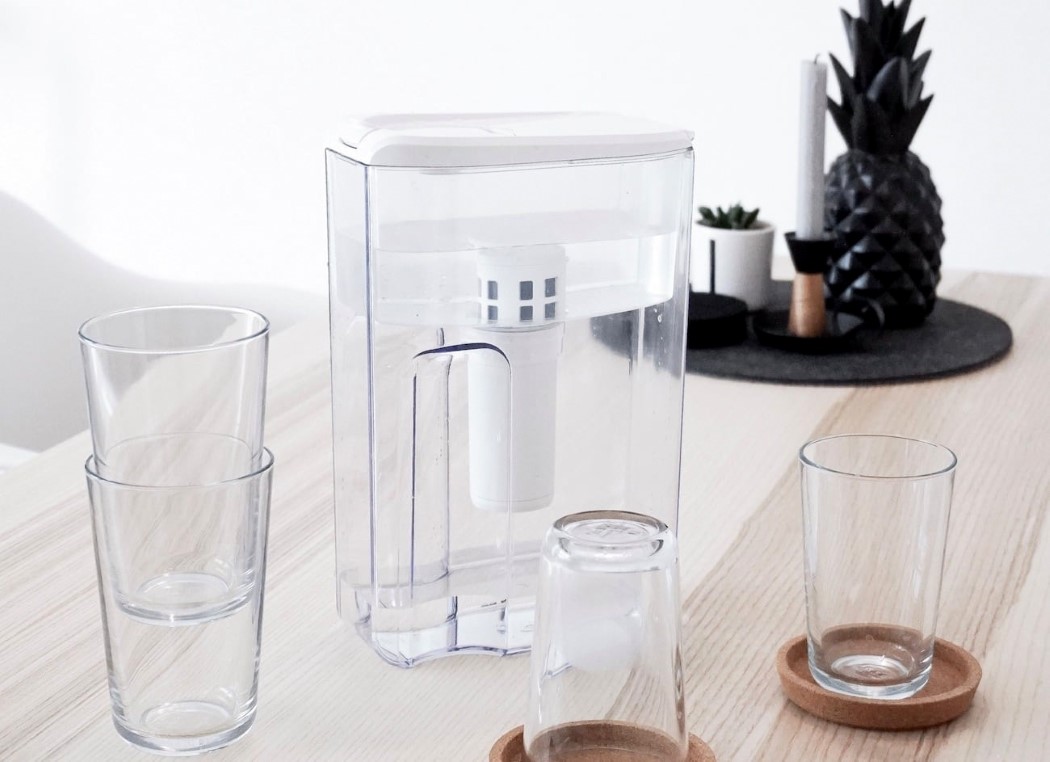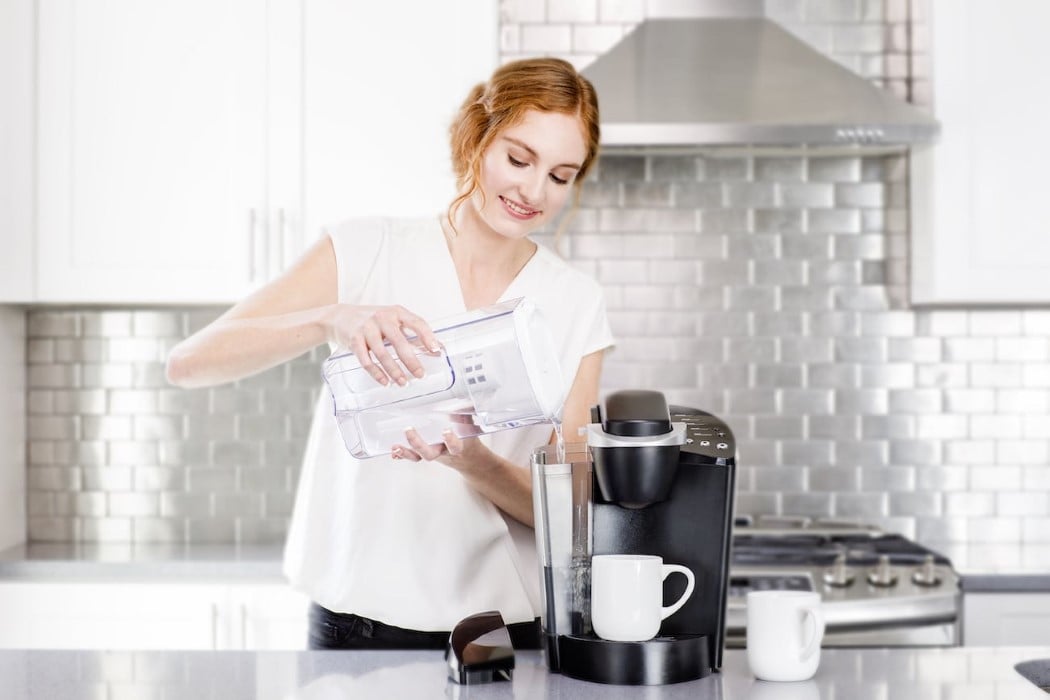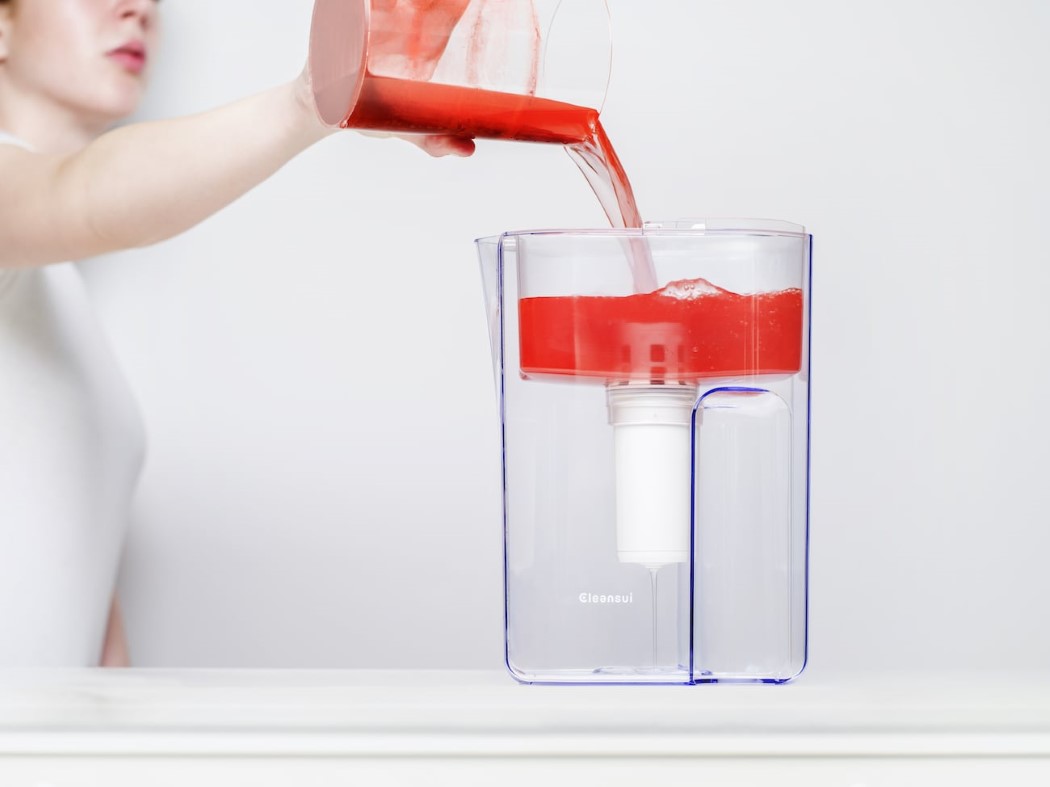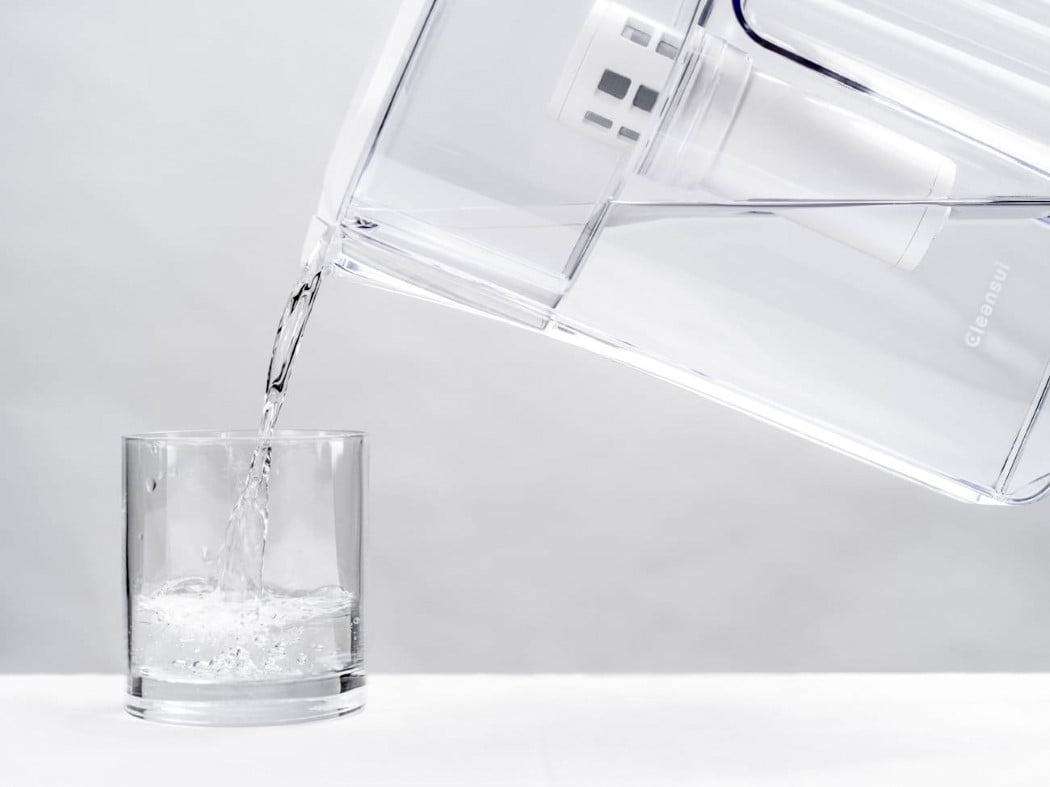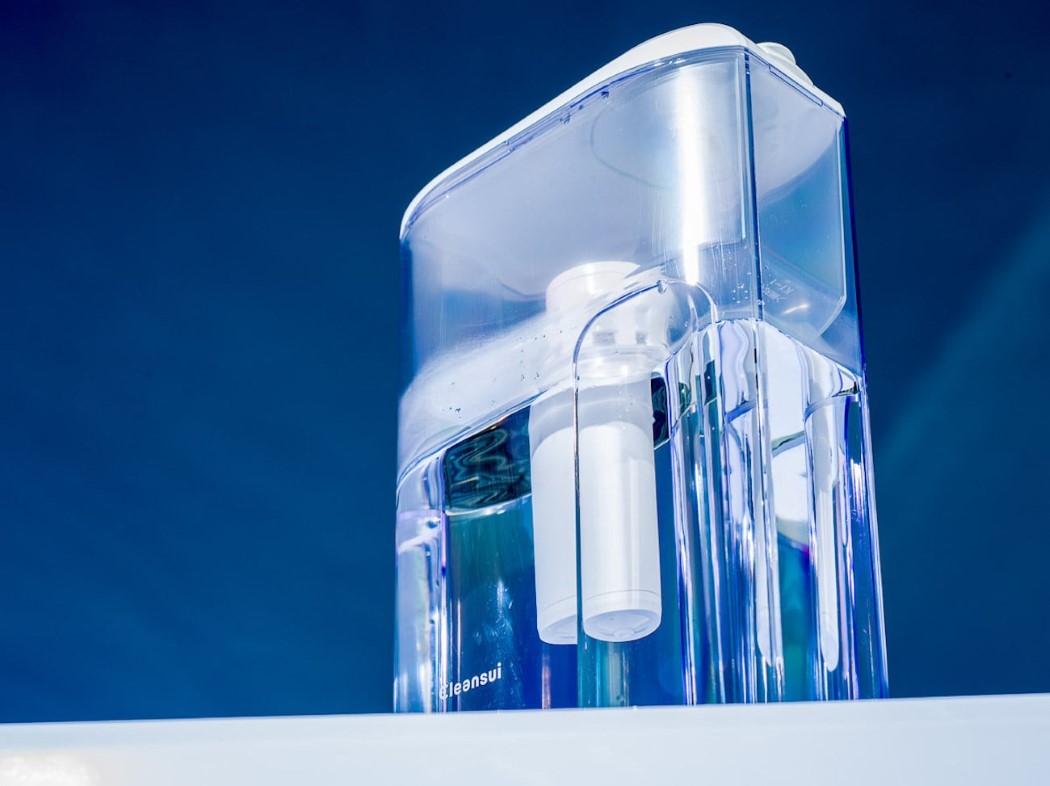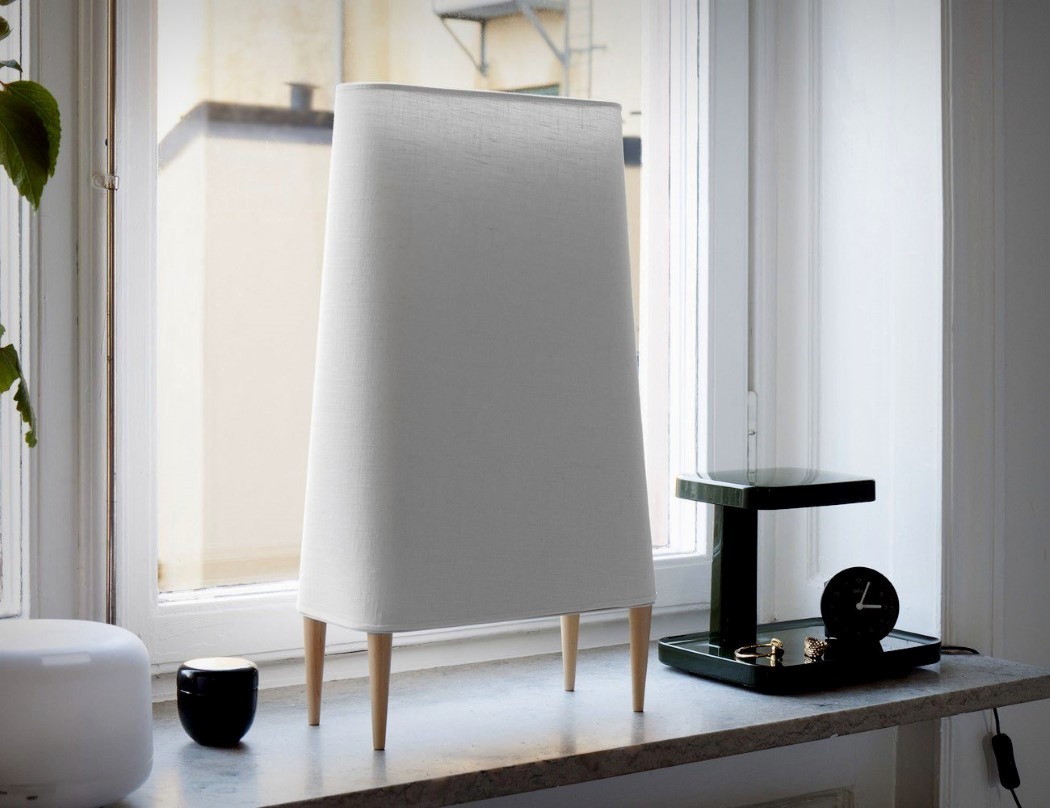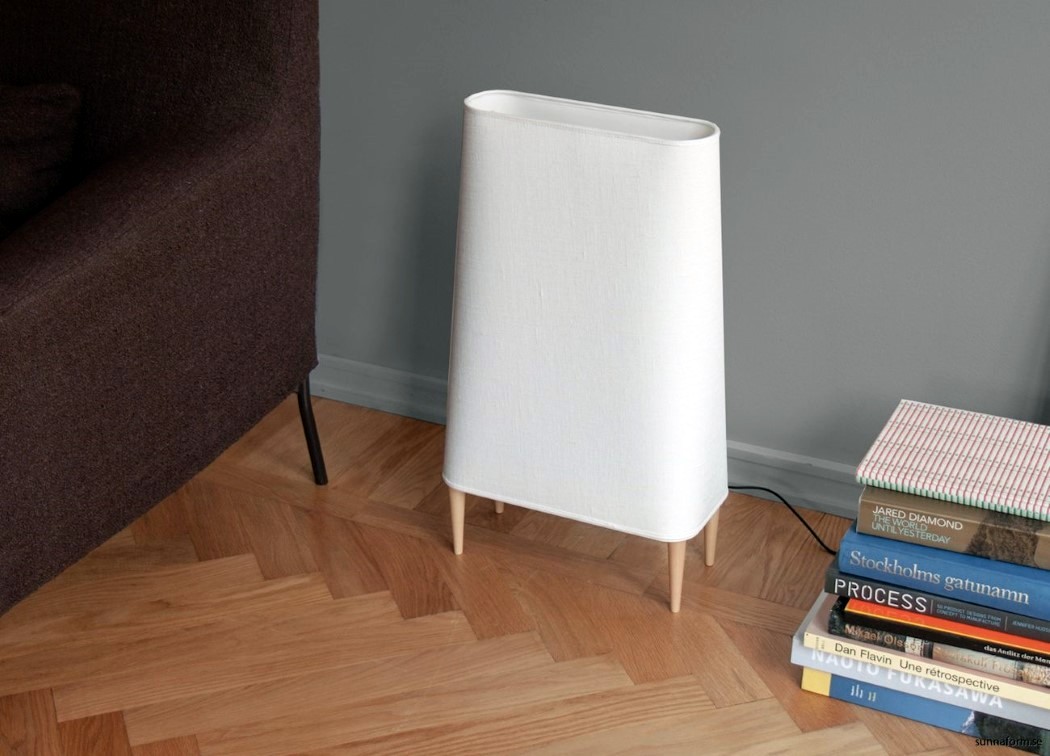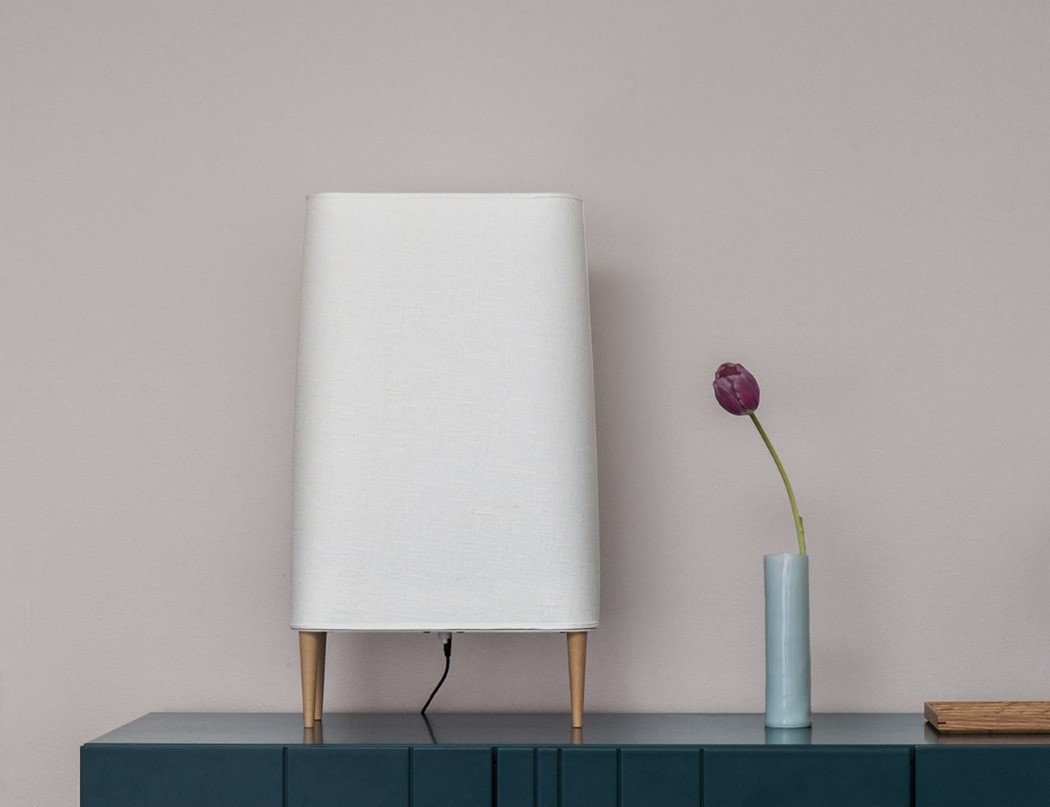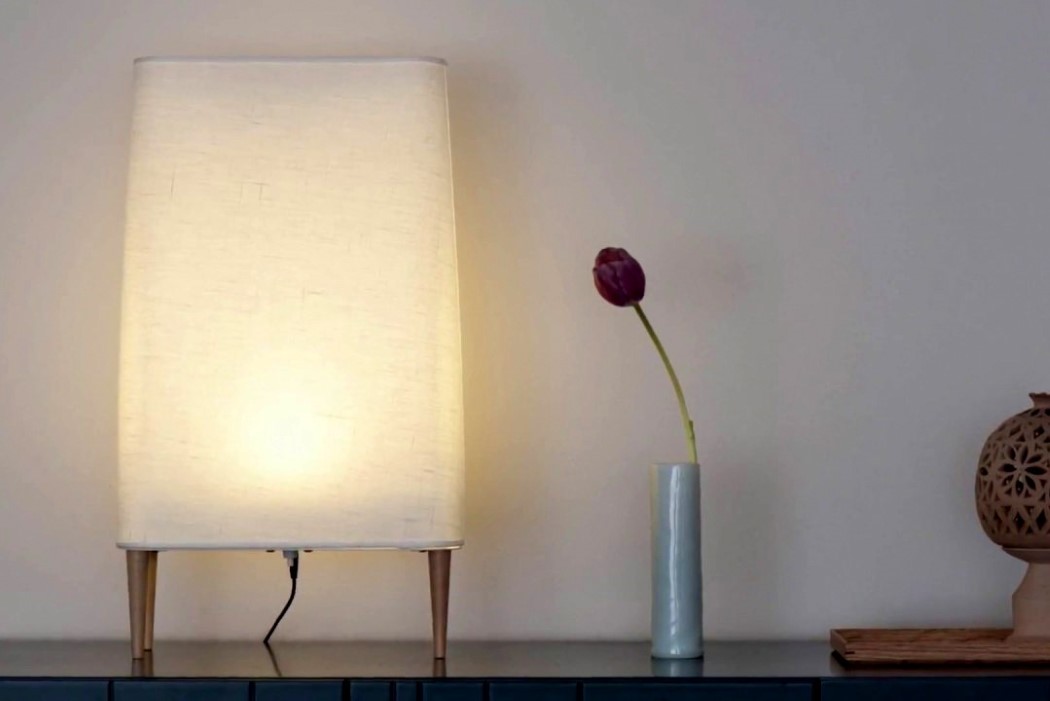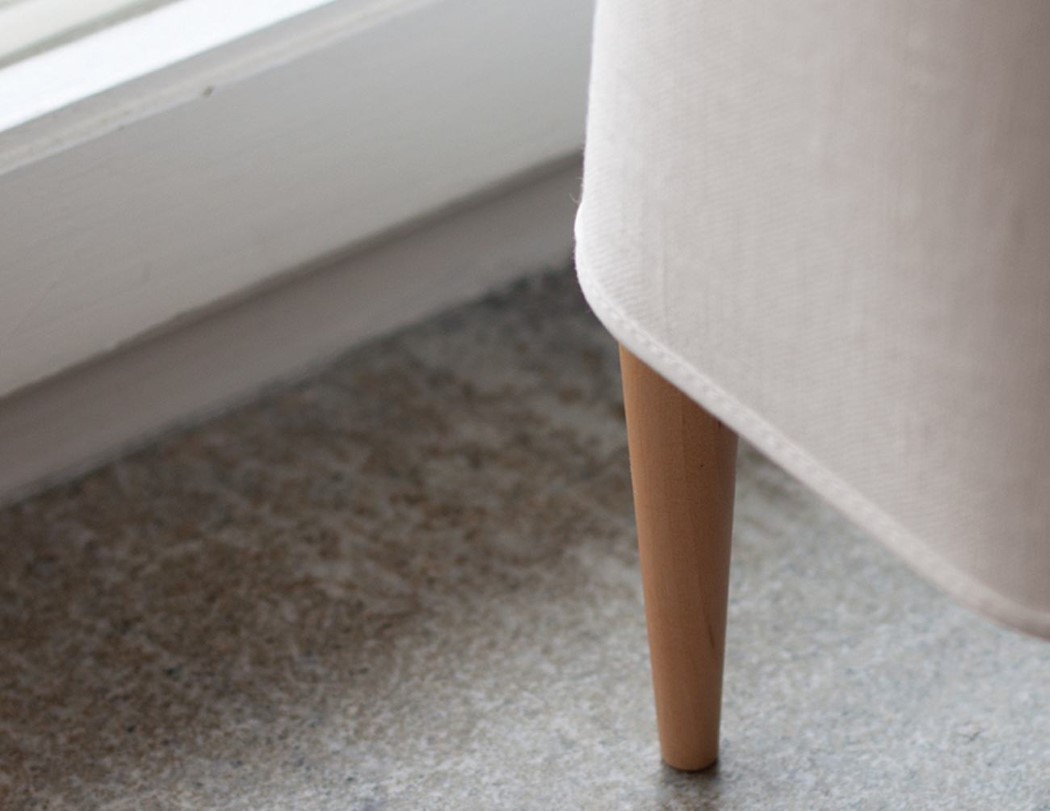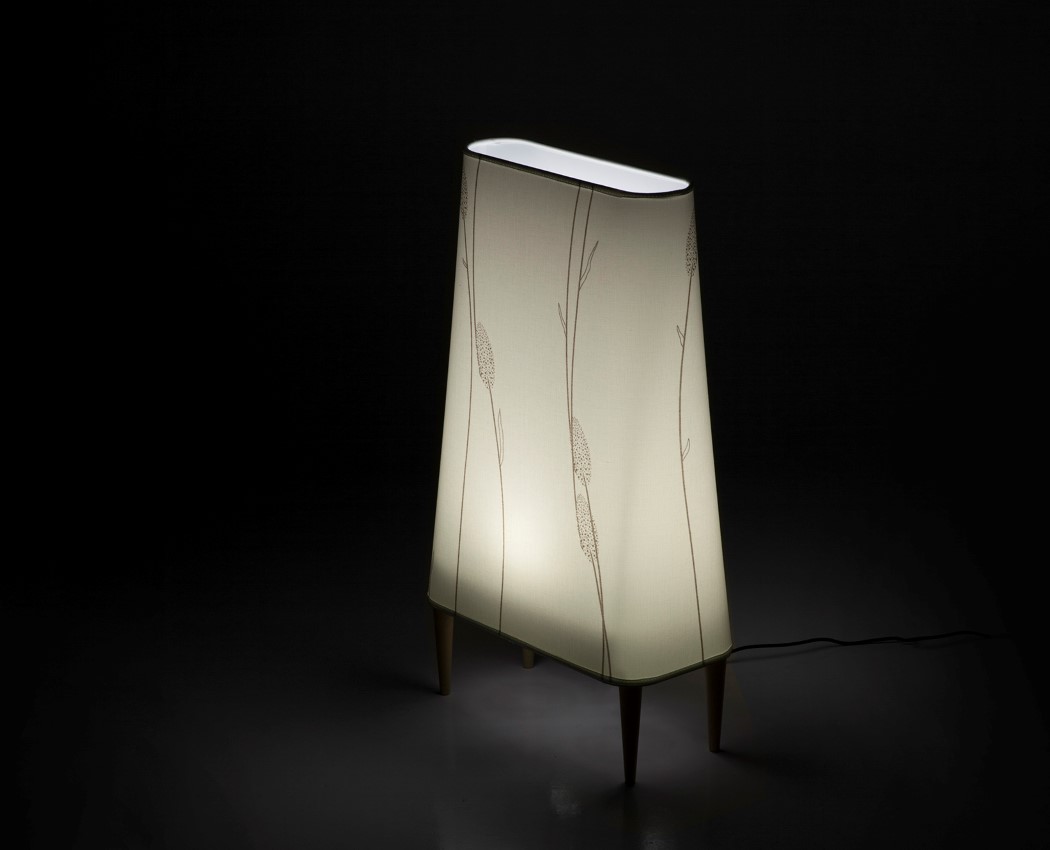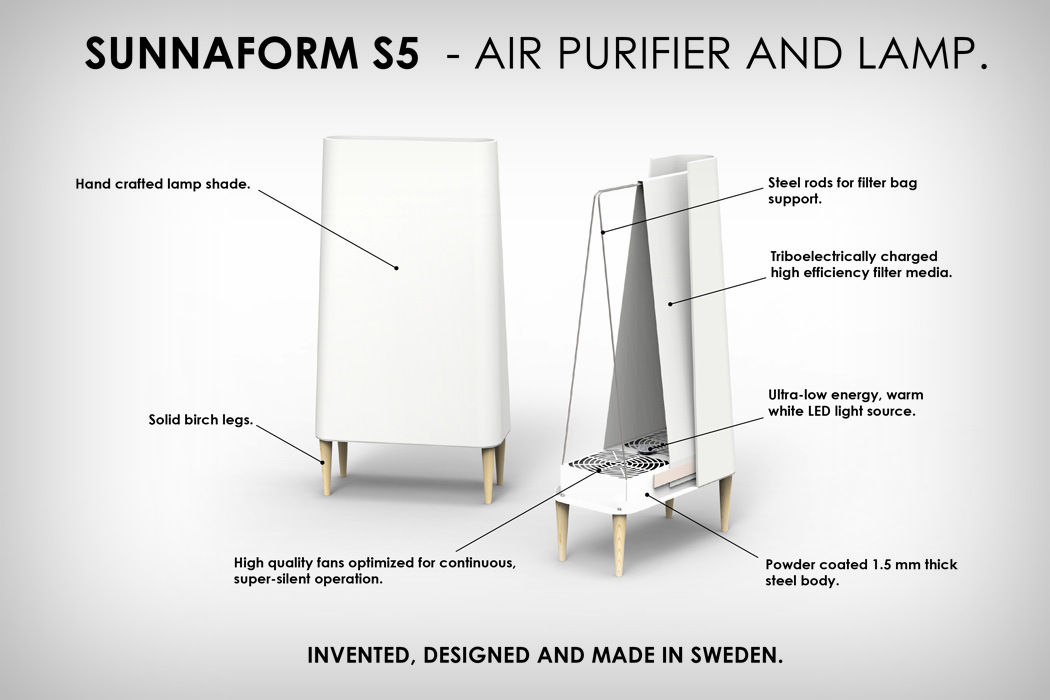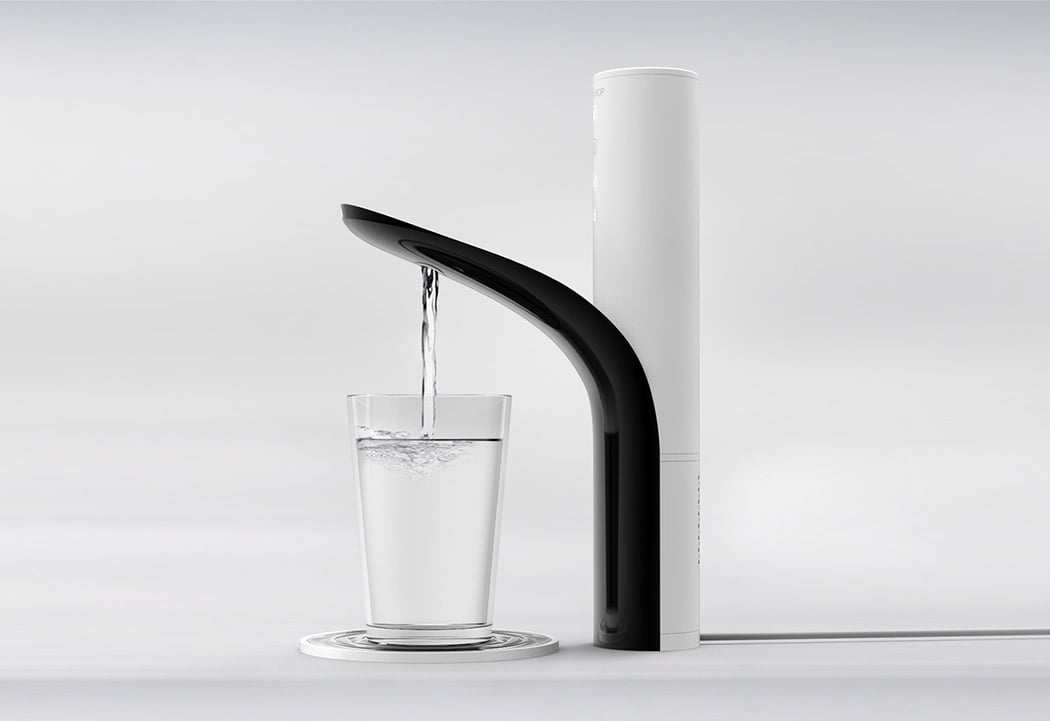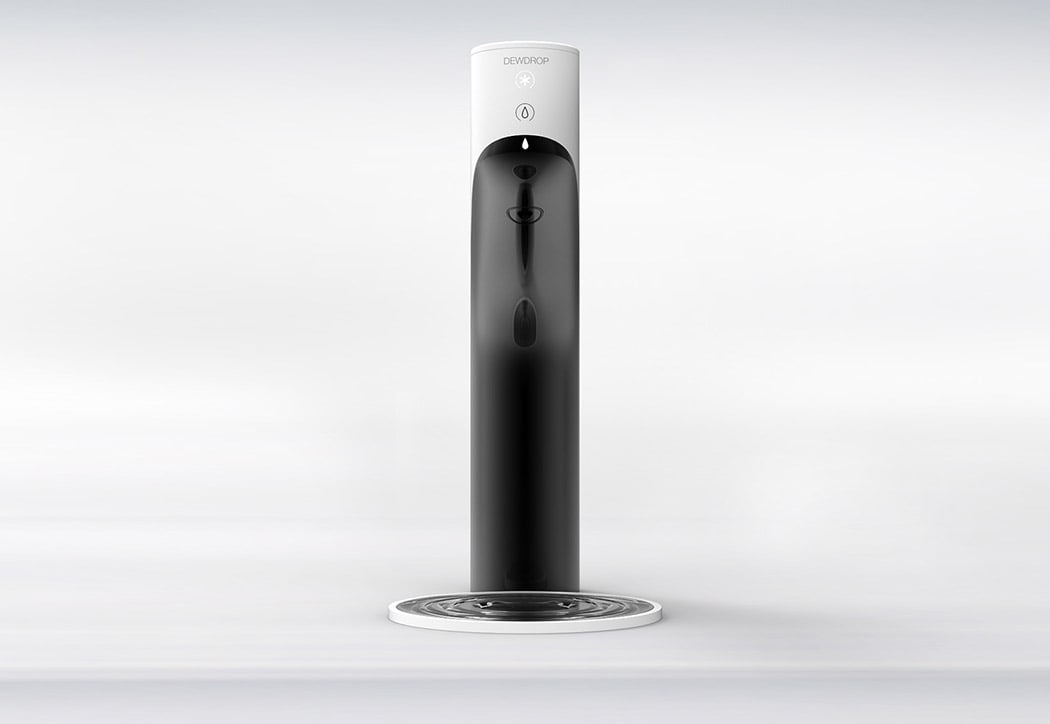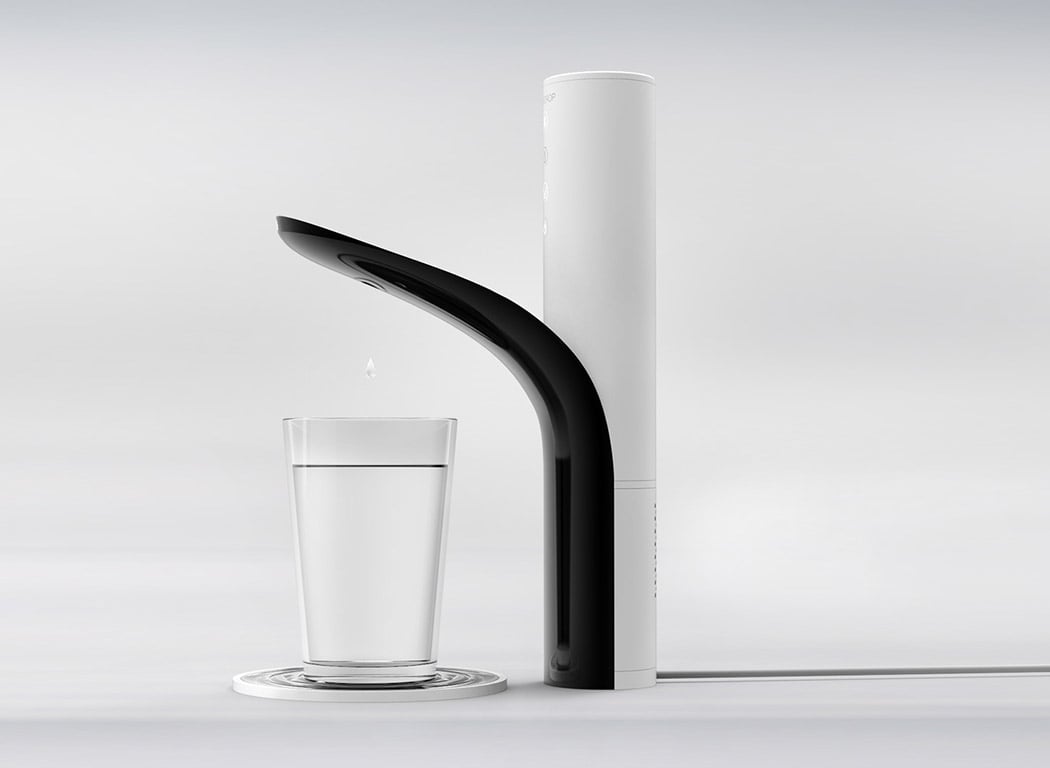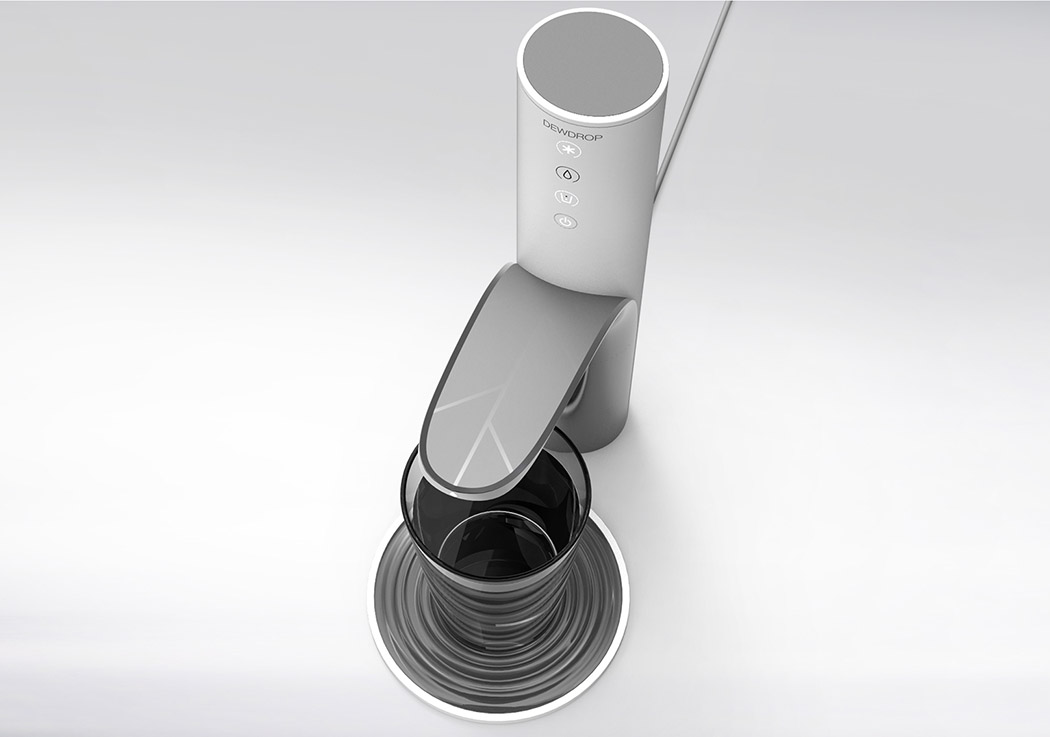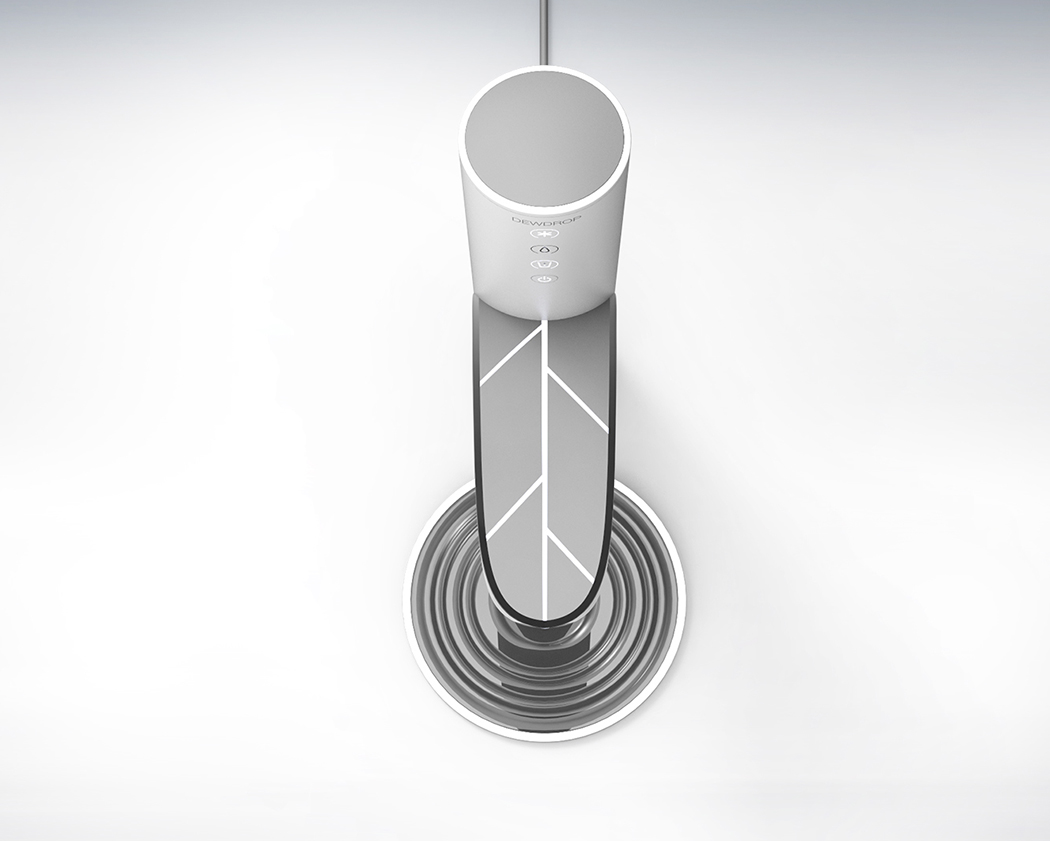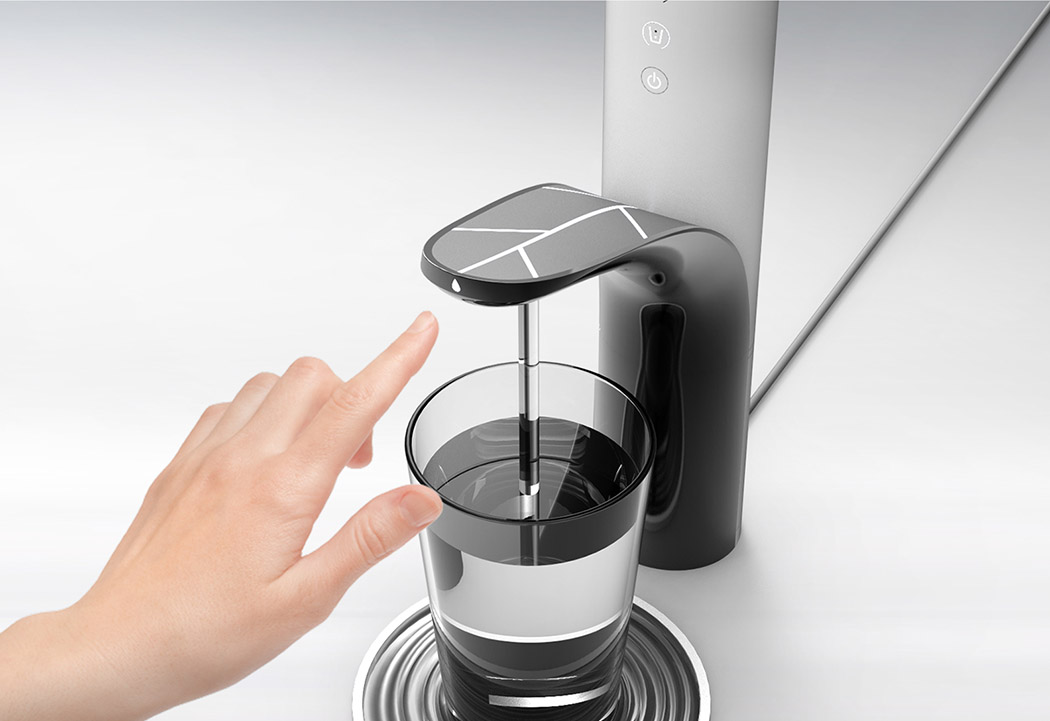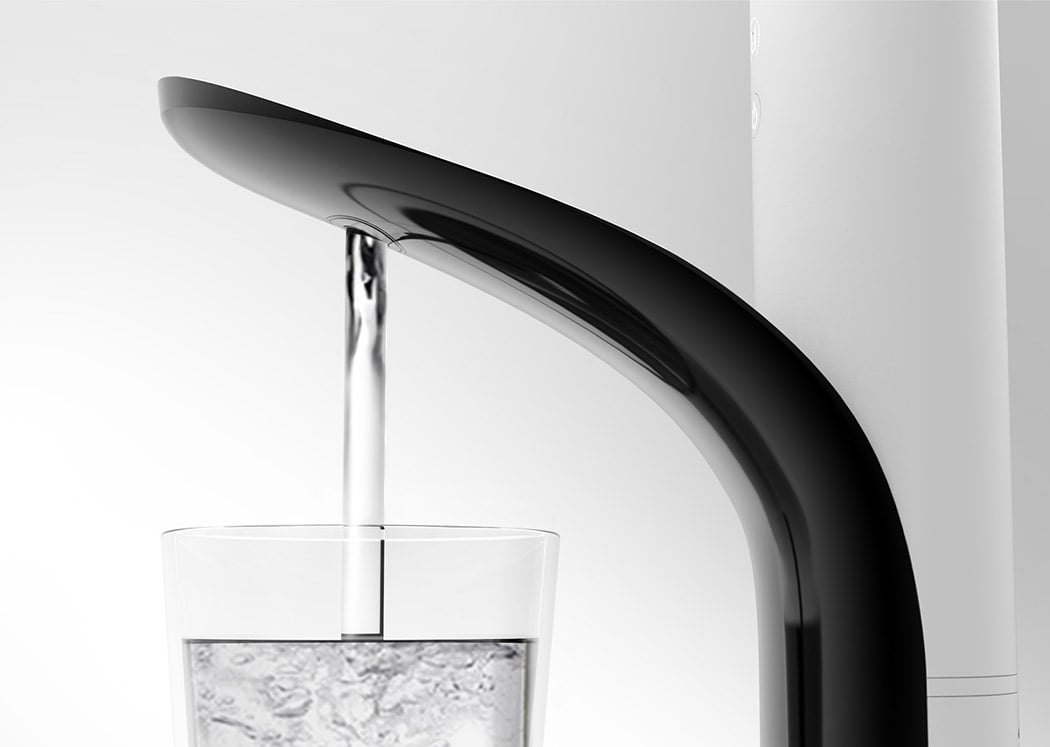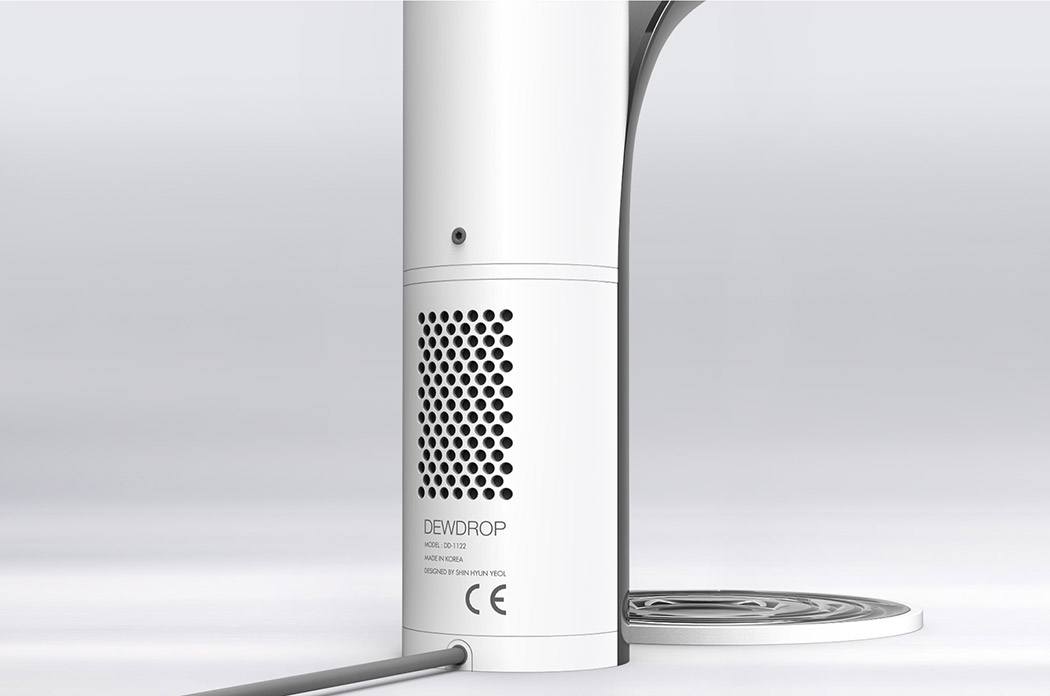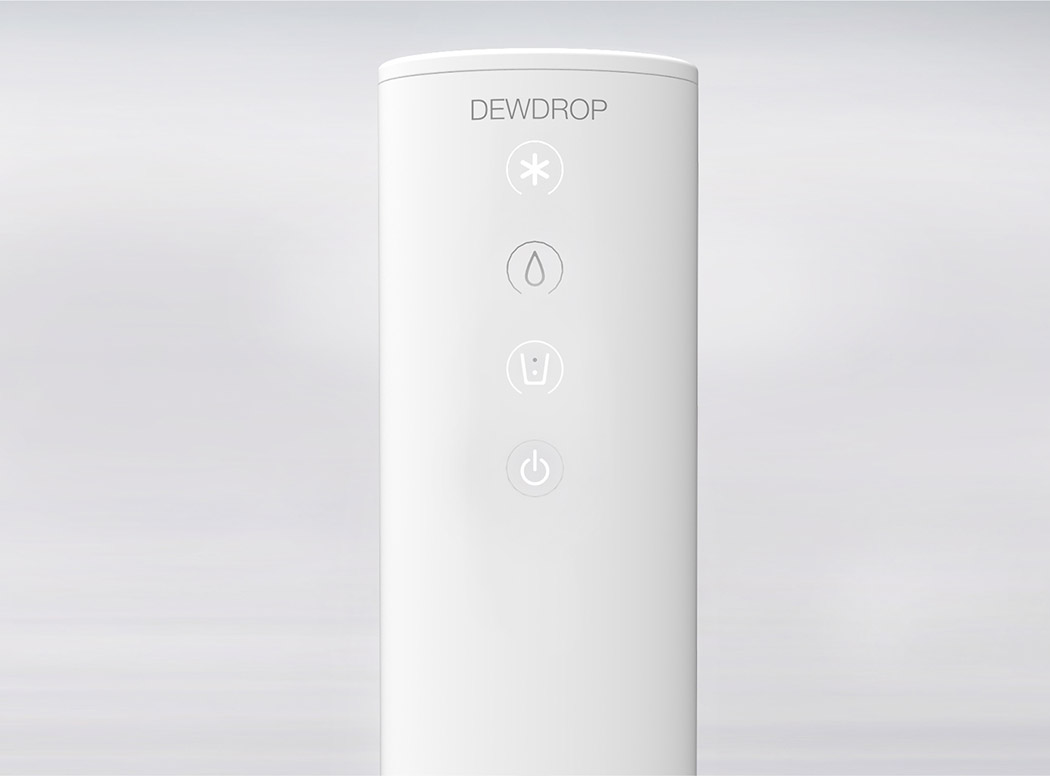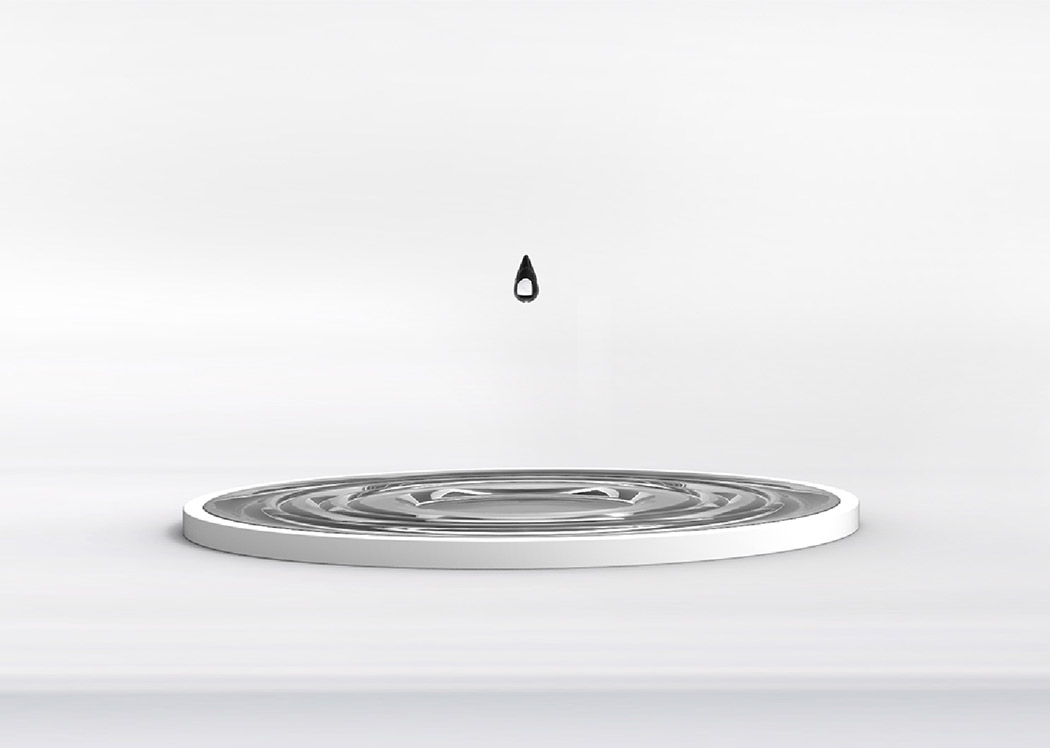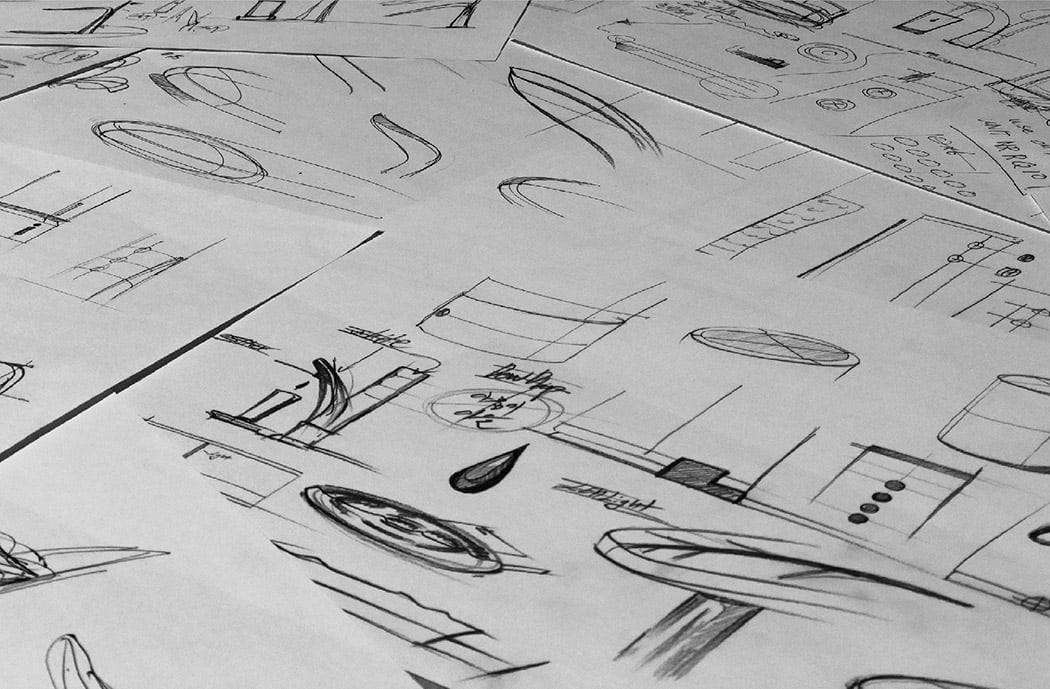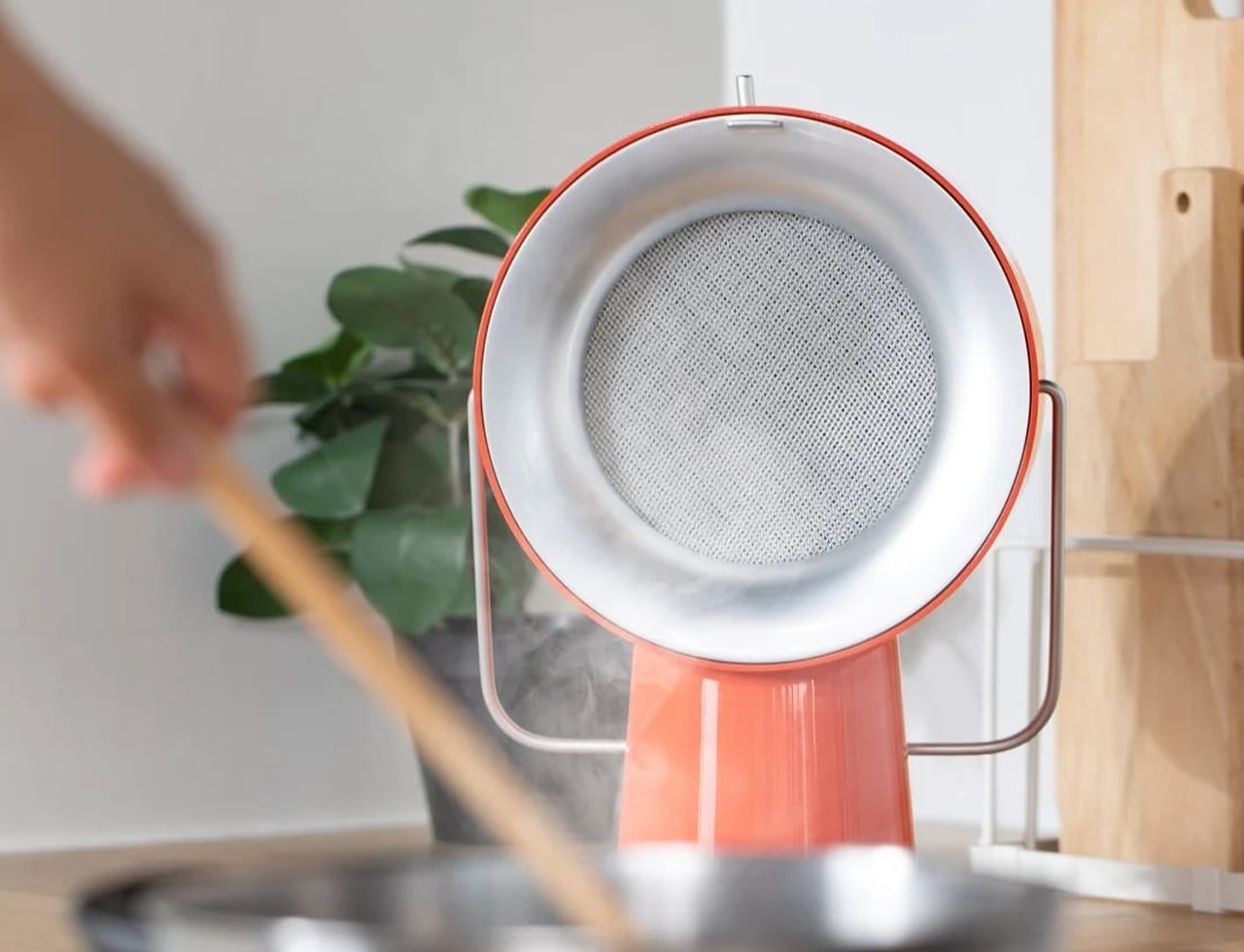
Indoor air pollution is a commonly overlooked issue, but it can significantly affect your health, especially if you live in a city where outdoor pollutants, cooking byproducts, and everyday household chemicals accumulate inside your home. Even if your home looks clean, invisible pollutants, allergens, and irritants could lurk in the air. Improving indoor air quality isn’t just about cleanliness; it’s essential for your health, especially given how much time we spend indoors. Here are ten practical steps, paired with innovative products, to help keep your indoor air fresh and clean.
1. Ventilation
Proper ventilation is crucial for maintaining good indoor air quality. Regularly opening windows, even briefly, allow fresh outdoor air to circulate and replace stale indoor air. This exchange helps dilute the accumulation of indoor pollutants like dust, pet dander, and chemicals from household products. In kitchens and bathrooms, using exhaust fans is especially important as these areas are prone to high moisture levels and airborne contaminants from cooking or bathing. Exhaust fans help vent out these pollutants directly, reducing humidity and preventing mold growth. For those living in areas where outdoor air quality is generally good, consistent natural ventilation can make a significant difference in keeping indoor spaces healthier and fresher.
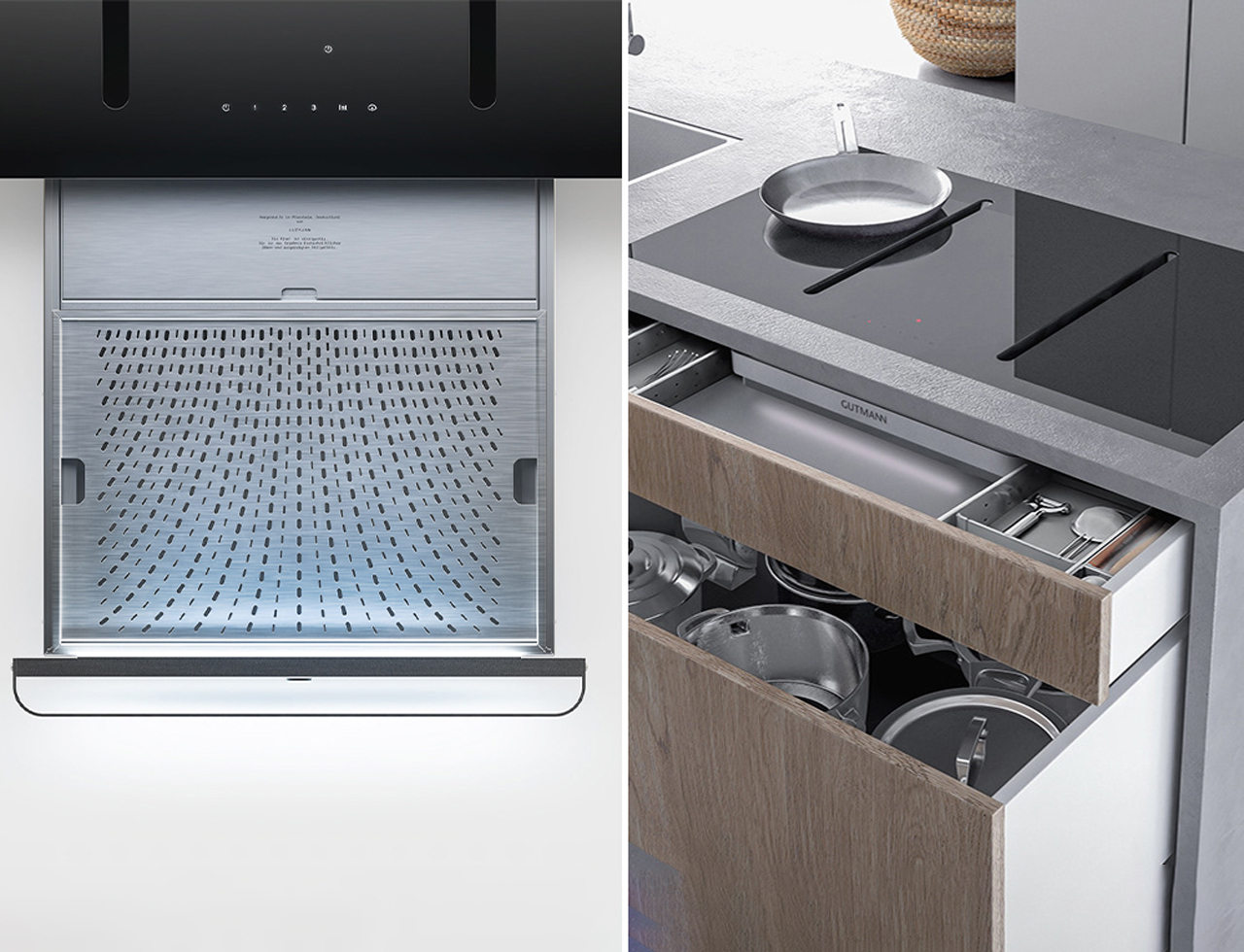
Gutmann’s no-chimney exhaust system offers an innovative solution for kitchens without traditional chimney ventilation. Its under-cabinet design efficiently clears smoke and odors, making it ideal for smaller spaces that require reliable airflow without permanent installations.
2. Air Purifiers
Air purifiers are essential to any home, especially in urban areas with more concentrated pollution. They effectively capture dust, pollen, pet dander, and other allergens. For maximum efficiency, it’s important to replace the filters regularly. Running an air purifier helps keep your home’s air free from harmful particles while reducing odours.
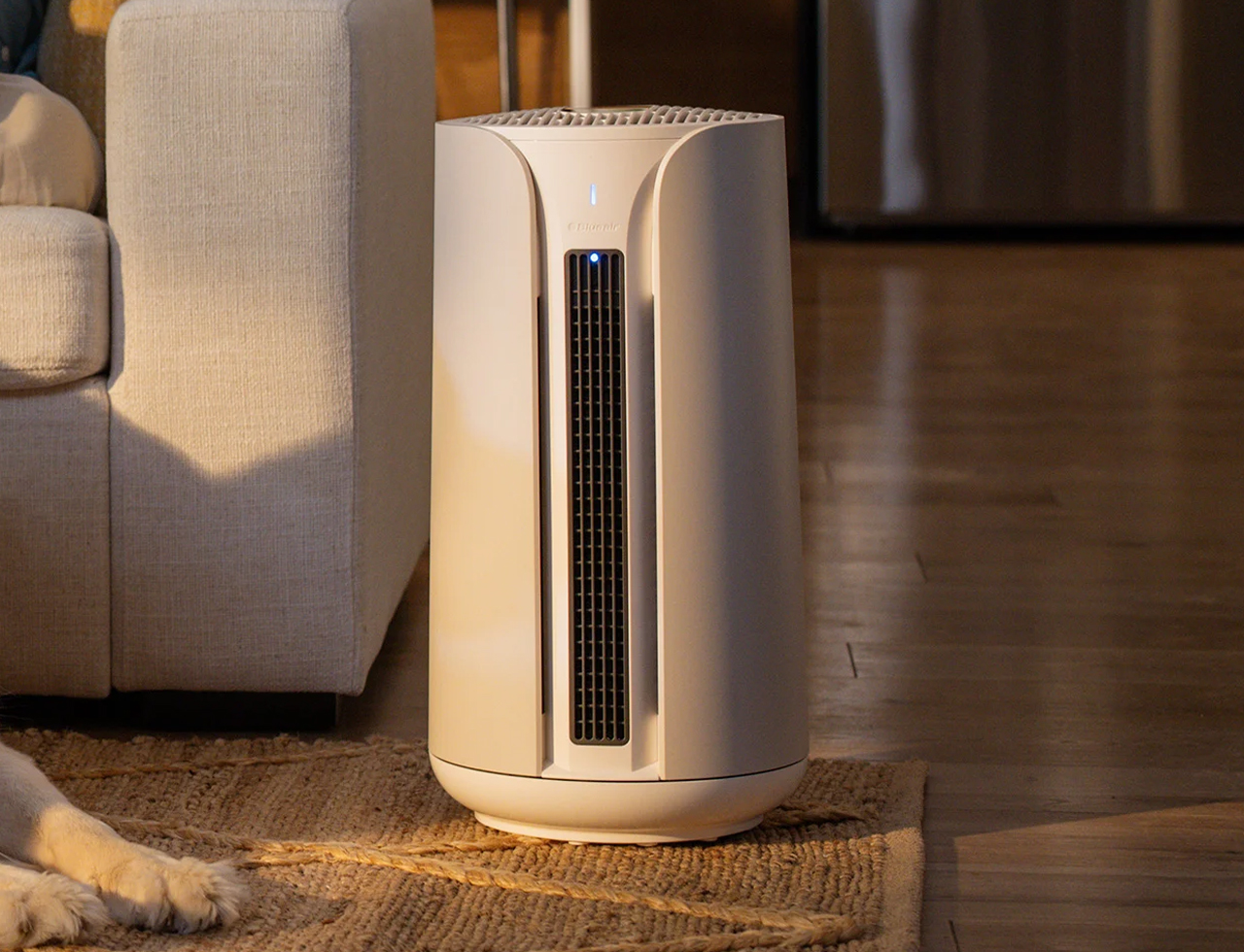
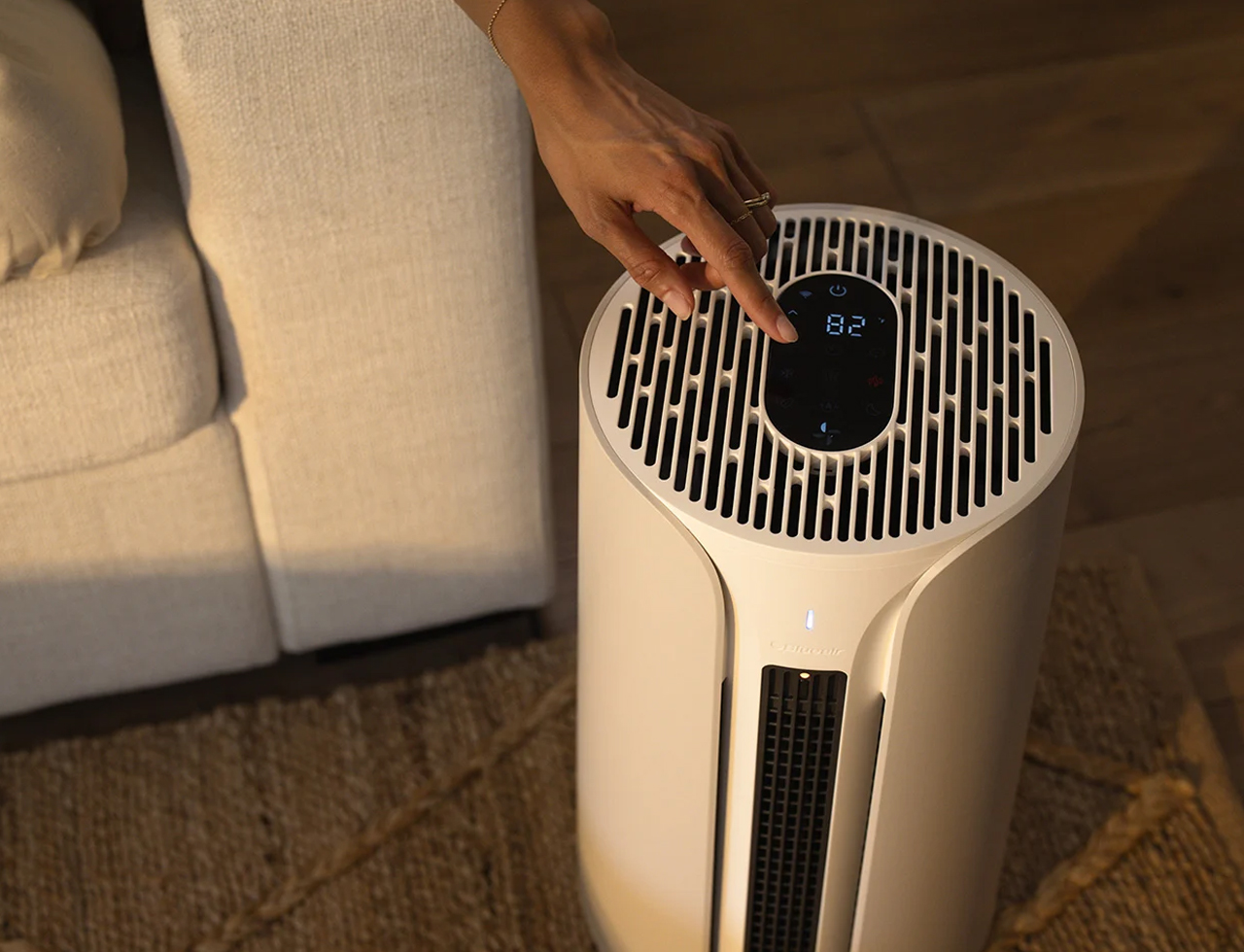
The ComfortPure combines air purification with heating and cooling. TripleFlow and HEPASilent technology captures 99.97% of airborne pollutants while offering a heating or cooling option, making it perfect for year-round use. It’s ideal for large spaces and operates quietly, adapting to pollution levels automatically for continuous comfort.
combines air purification with heating and cooling. TripleFlow and HEPASilent technology captures 99.97% of airborne pollutants while offering a heating or cooling option, making it perfect for year-round use. It’s ideal for large spaces and operates quietly, adapting to pollution levels automatically for continuous comfort.
3. Air Conditioning
Air conditioners help regulate indoor temperature while also filtering airborne pollutants and allergens. To effectively improve air quality, replacing the filters regularly and cleaning the ducts is important. Proper maintenance ensures that your air conditioning system continues to provide clean, comfortable air throughout your living space.
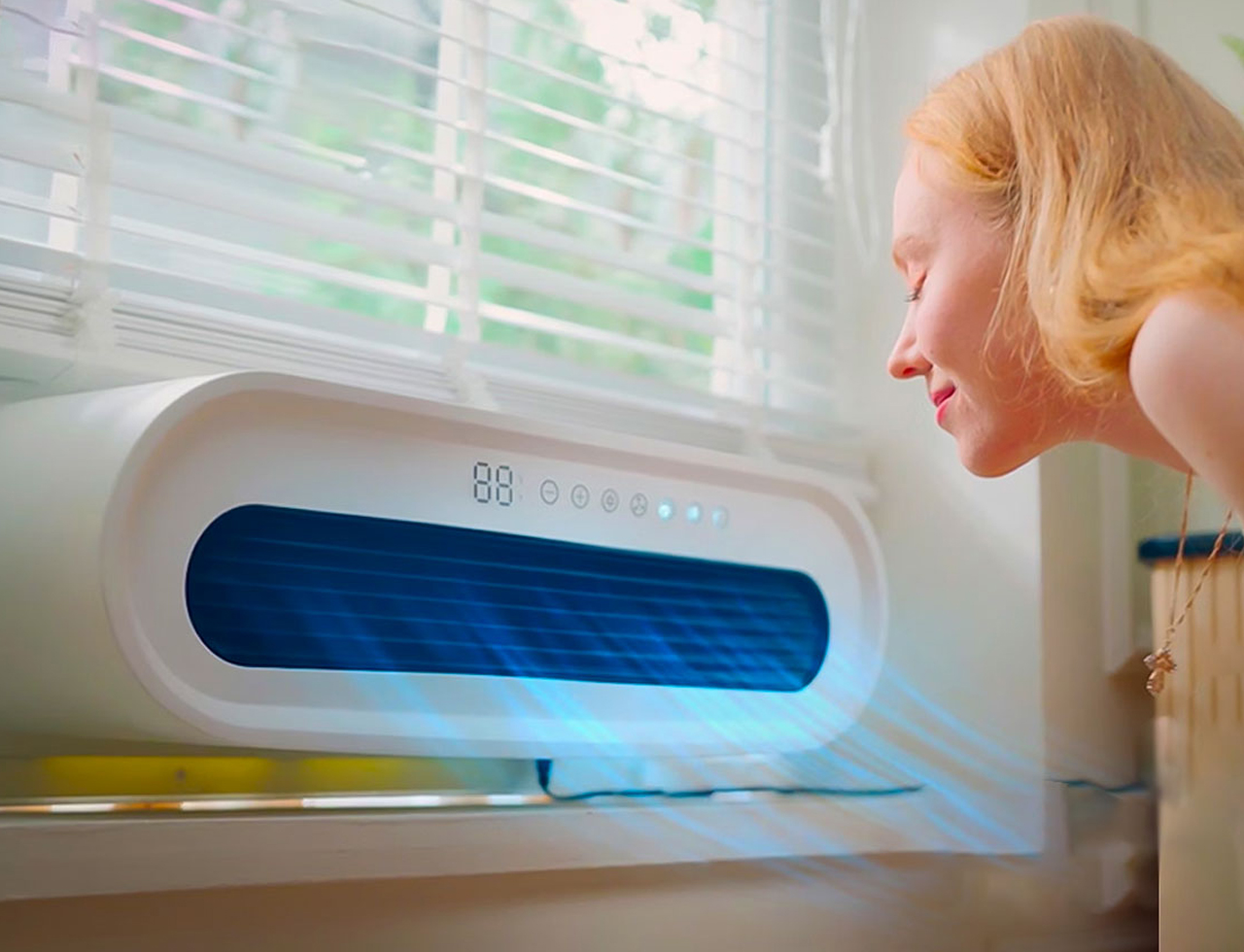
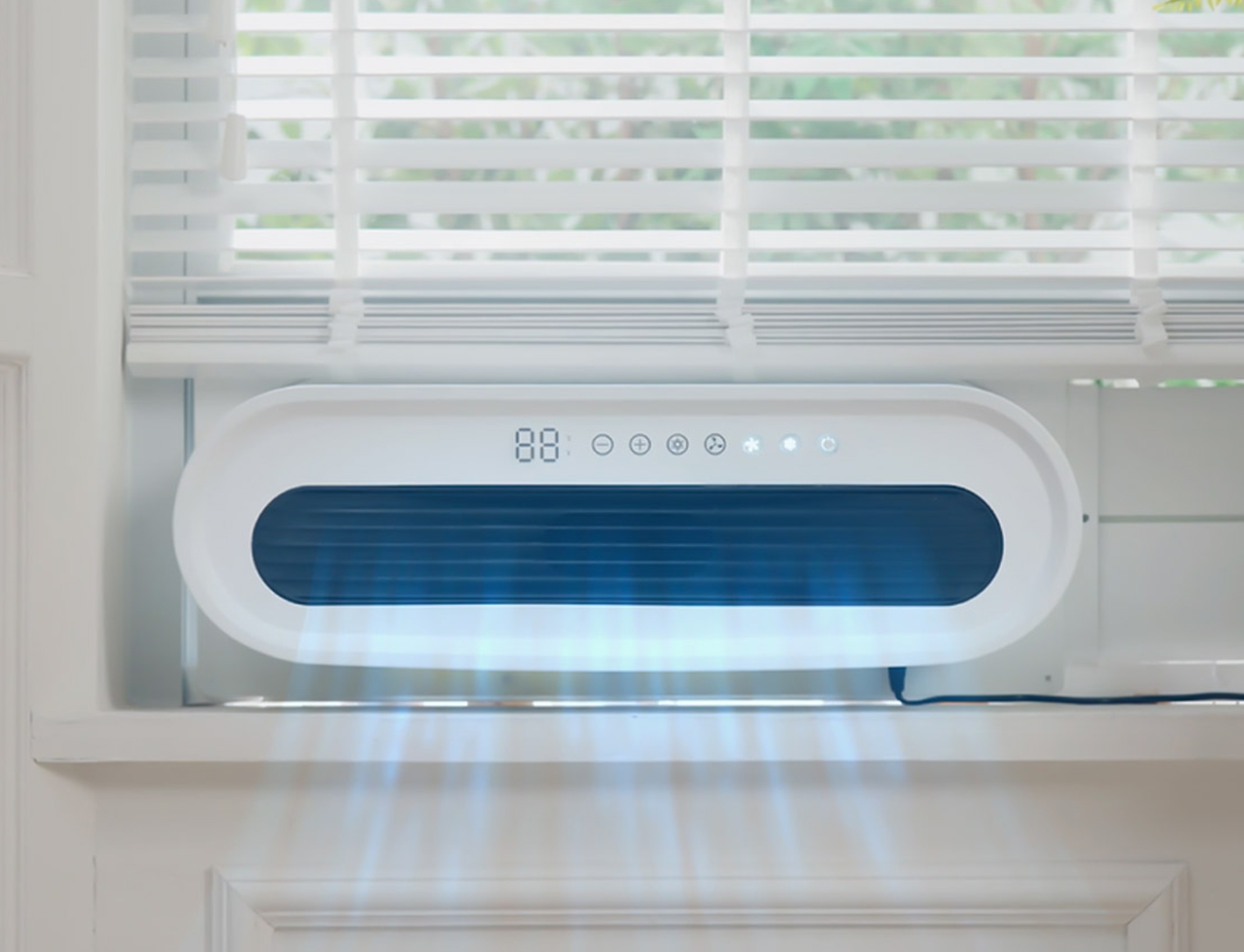
ComfyAir is specifically designed for tight city apartments. Its sleek design attaches easily to any window without causing damage. It’s highly effective at cooling and filtering the air while fitting into small spaces, making it a great solution for those wanting comfort without compromise.
4. HEPA Filters
HEPA filters are among the most efficient tools for capturing airborne pollutants and allergens. These filters trap particles as small as 0.3 microns, significantly reducing dust, pollen, and other allergens that degrade indoor air quality. Installing HEPA filters in air purifiers or HVAC systems can help keep your home’s air as clean as possible.
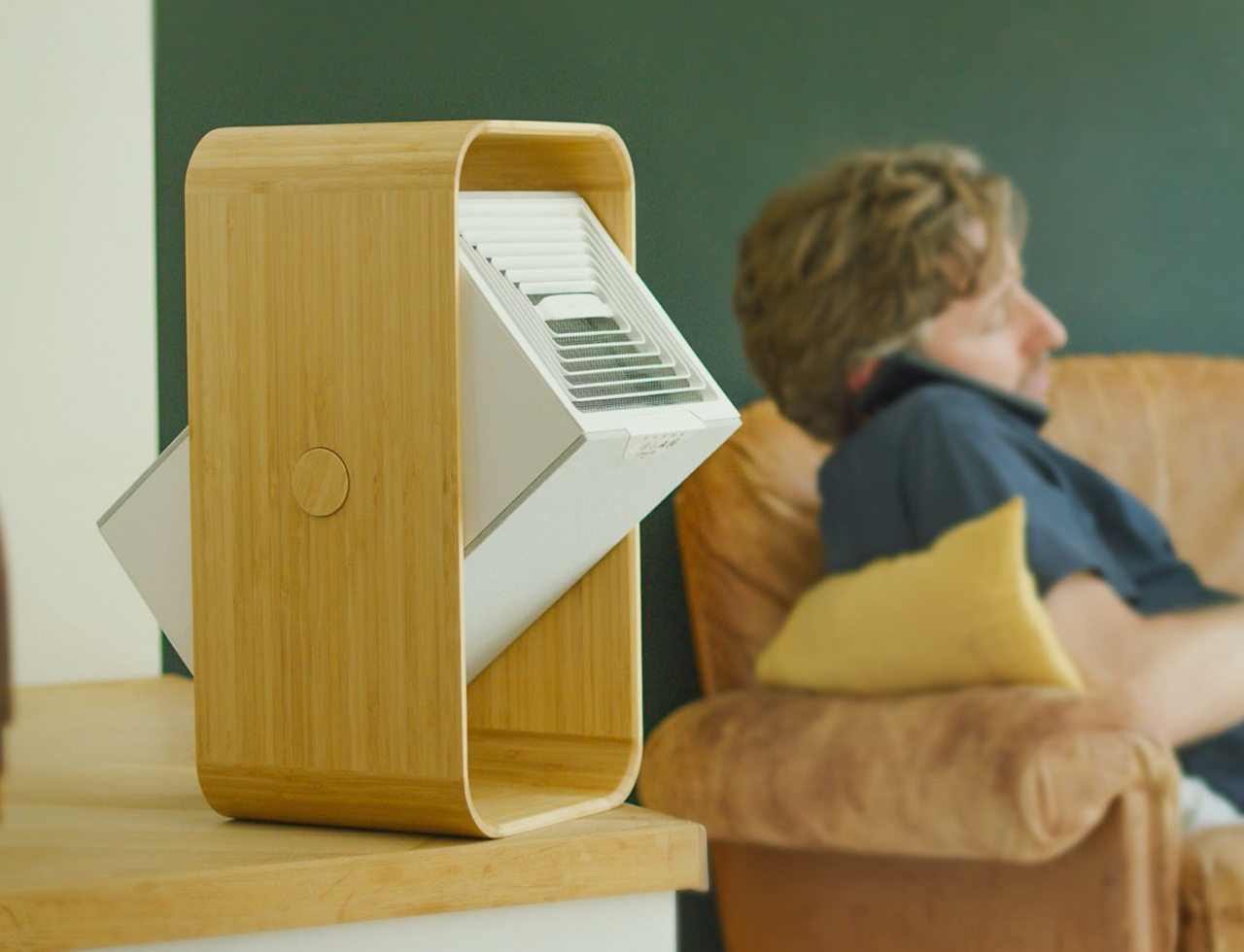
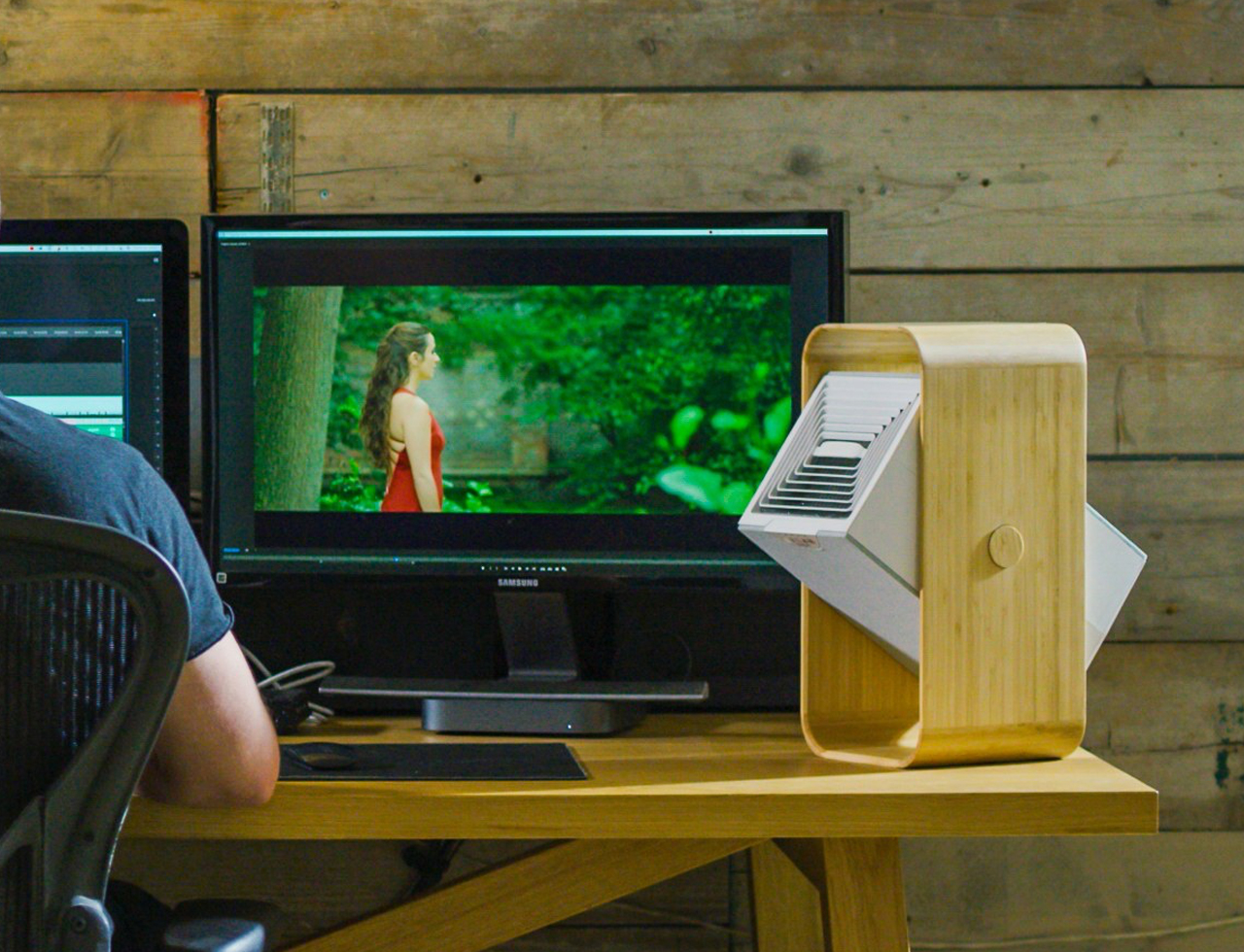
OneLife X utilizes cutting-edge plasma-field technology that captures even smaller particles than traditional HEPA filters, removing pollutants down to 0.01 micrometers. It is highly efficient and operates sustainably without needing constant filter replacements, making it both eco-friendly and economical.
5. Air Disinfectants
Consider using air disinfectants with UVC technology to kill bacteria, mold, and germs effectively. This approach is particularly useful in humid areas of your home where mold and germs tend to thrive. UVC lights target these microorganisms directly, providing an additional layer of air purification that complements standard filtration.
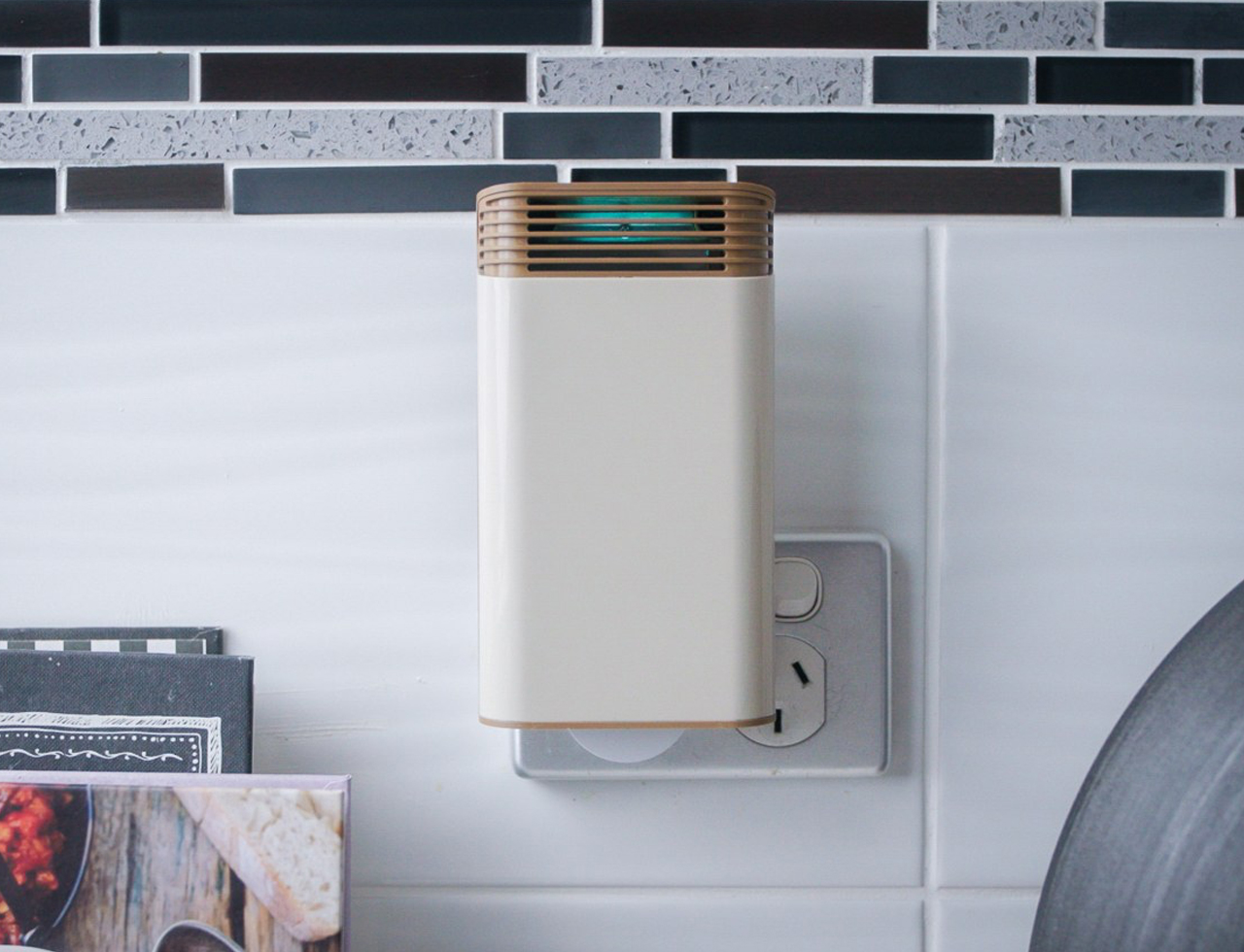
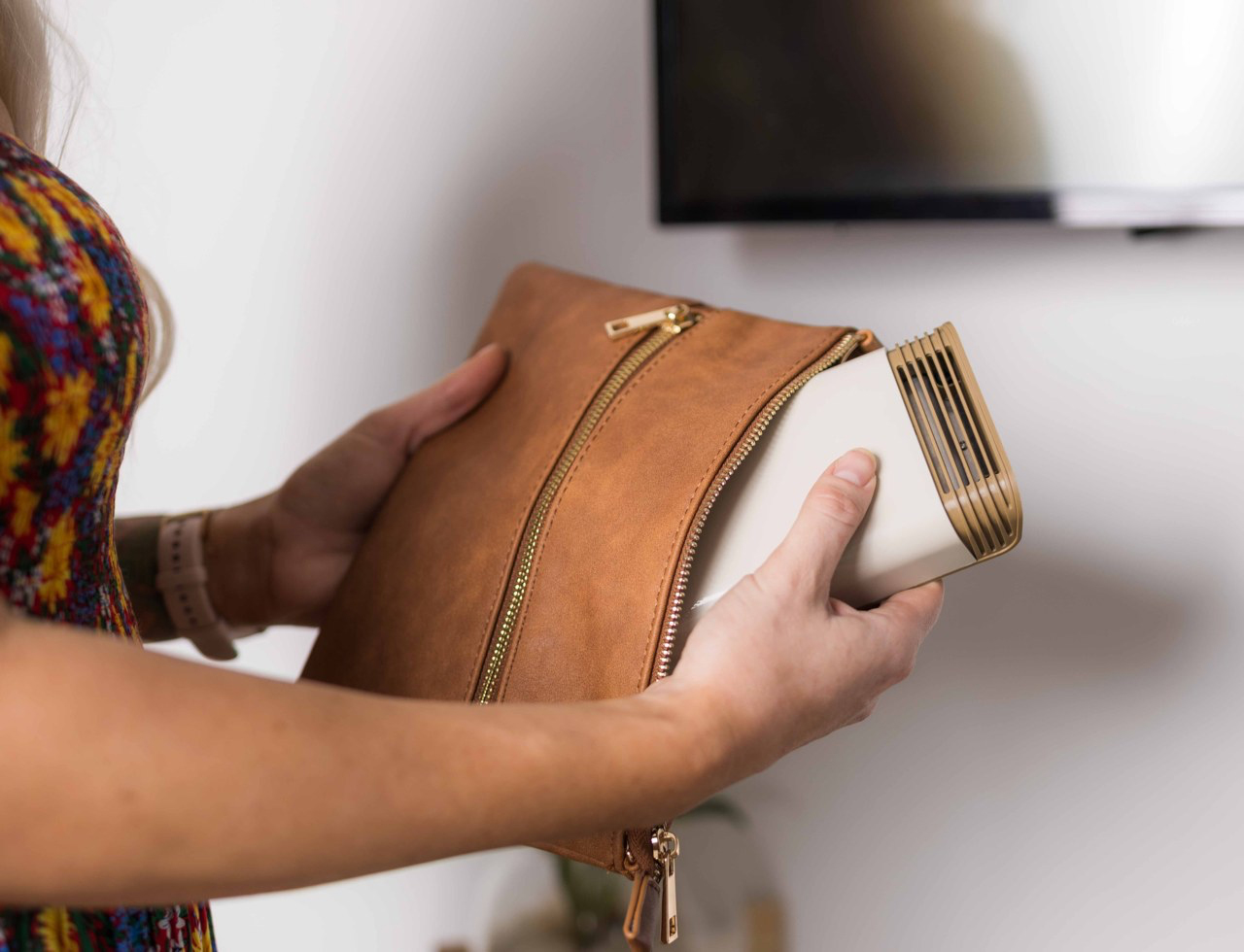
RAYCONO uses Hydroxyl and Plasma purification technology to neutralize bacteria and odors. Its compact size and maintenance-free operation make it perfect for small spaces and even travel, ensuring clean air wherever you are.
6. Indoor Plants
Plants like Spider Plants, Peace Lilies, Snake Plants, and Aloe Vera add aesthetic value to your home and naturally filter out harmful toxins. Studies, including those by NASA, show that these plants can remove common indoor pollutants such as benzene, formaldehyde, and trichloroethylene.
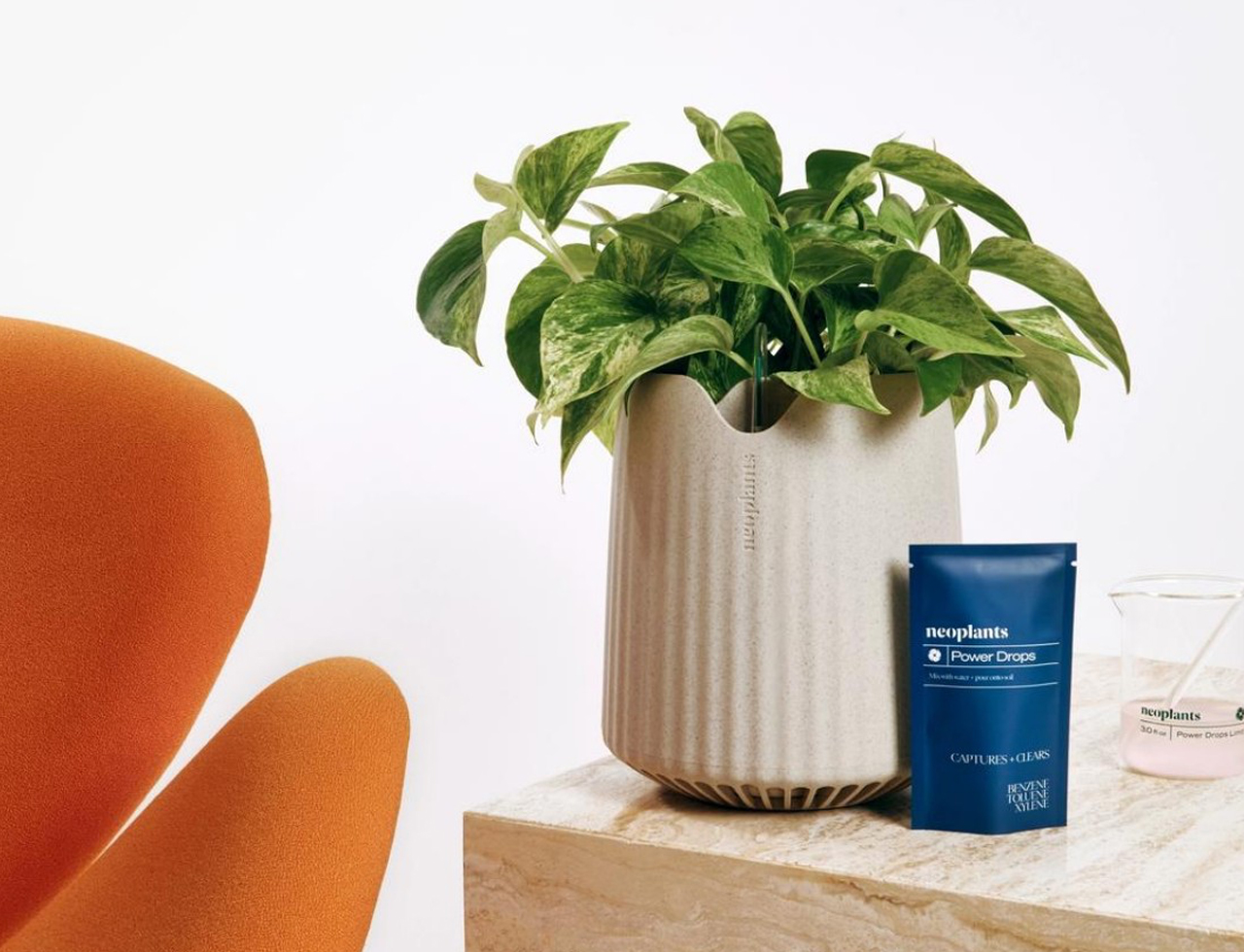
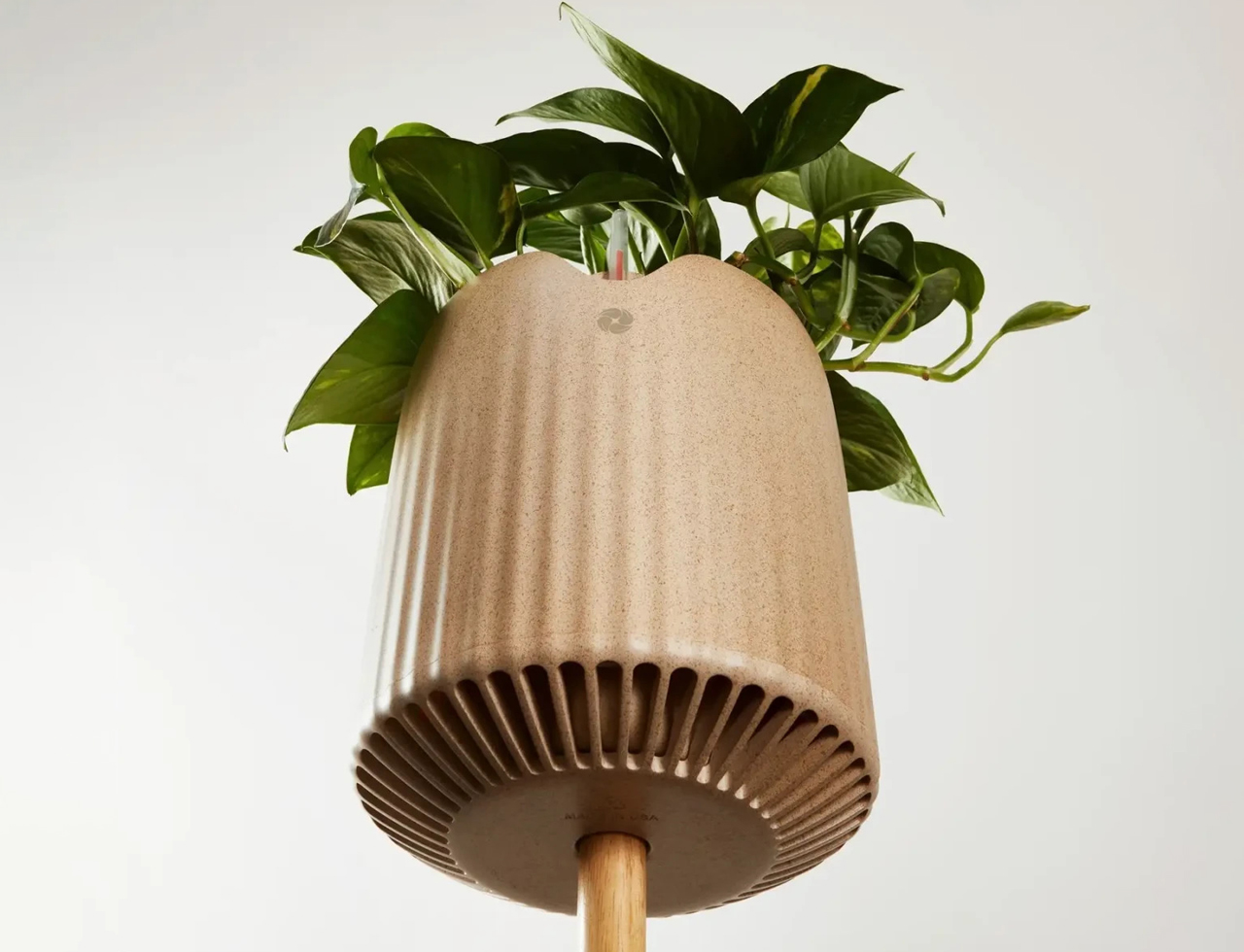
Neo PX combines Marble Queen Pothos with specialized bacteria that break down volatile organic compounds (VOCs). It features a self-watering pot, which makes maintaining these plants easy while they work to keep your air cleaner. Using biodegradable materials also makes this an eco-friendly addition to any room.
7. Low-VOC Cleaners
Volatile organic compounds (VOCs) found in many conventional household cleaners can significantly degrade indoor air quality. Instead, opt for low-VOC or eco-friendly cleaning products. These alternatives clean effectively without adding harmful chemicals to the air, allowing you to maintain a fresh environment.

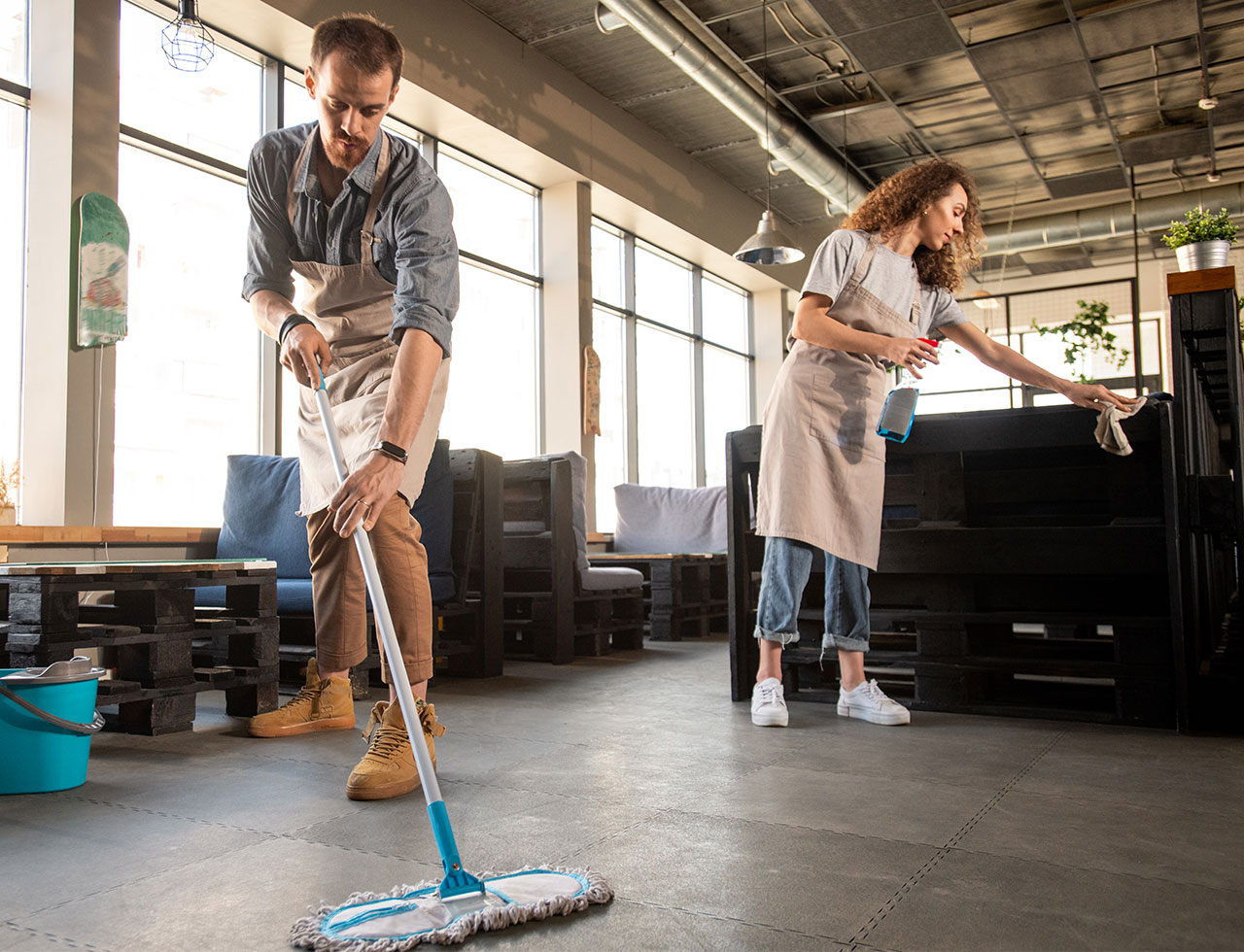
Switching to these products is an easy way to maintain cleanliness and air quality, reducing unnecessary pollutants in your indoor space.
8. Reduce Dampness
Moisture control is vital for healthy indoor air. Excessive humidity can lead to mold growth, contributing to respiratory problems and allergies. Leaky pipes, poor ventilation, and condensation all contribute to excess dampness. Using dehumidifiers and fixing leaks can keep humidity levels in check and prevent mould growth.
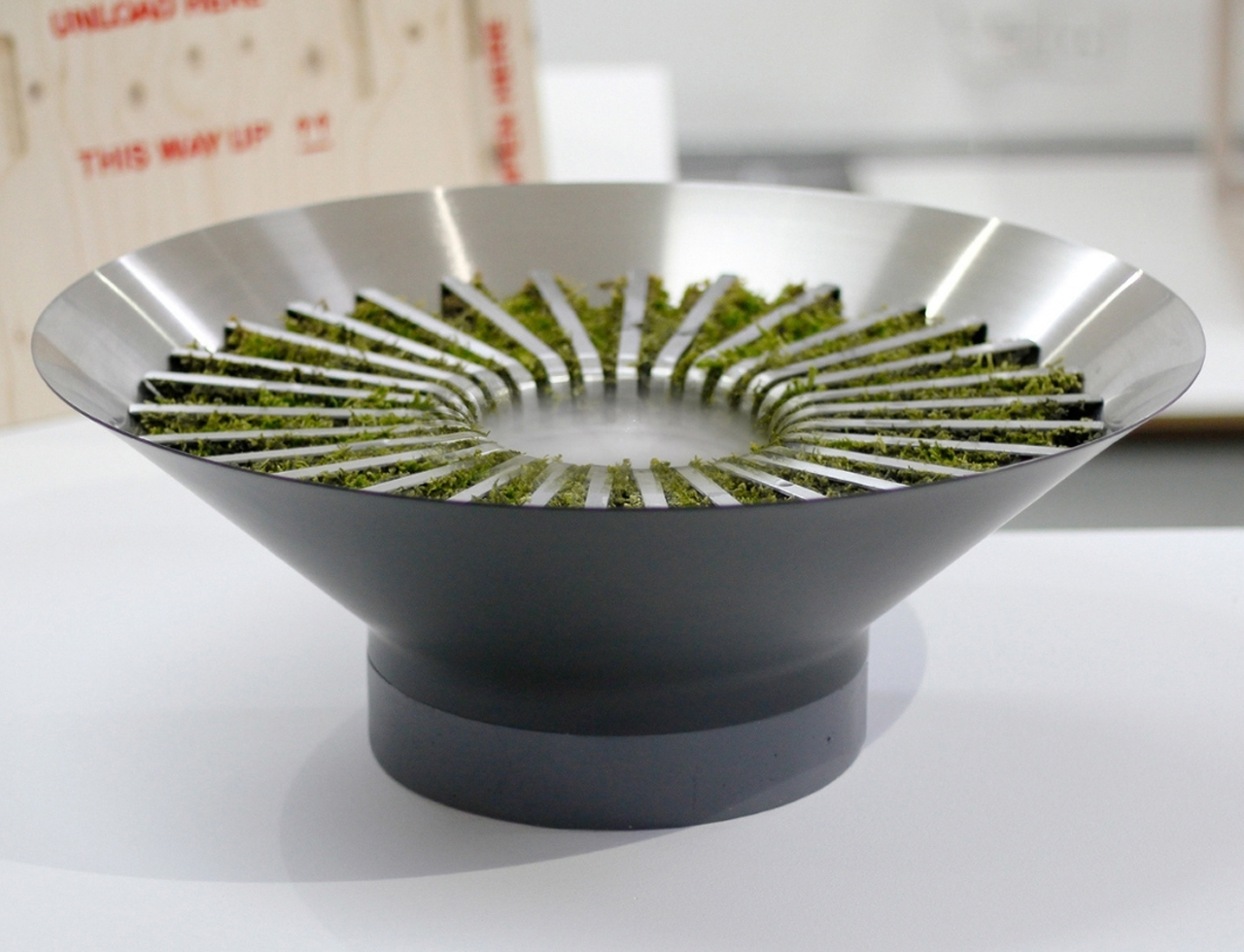
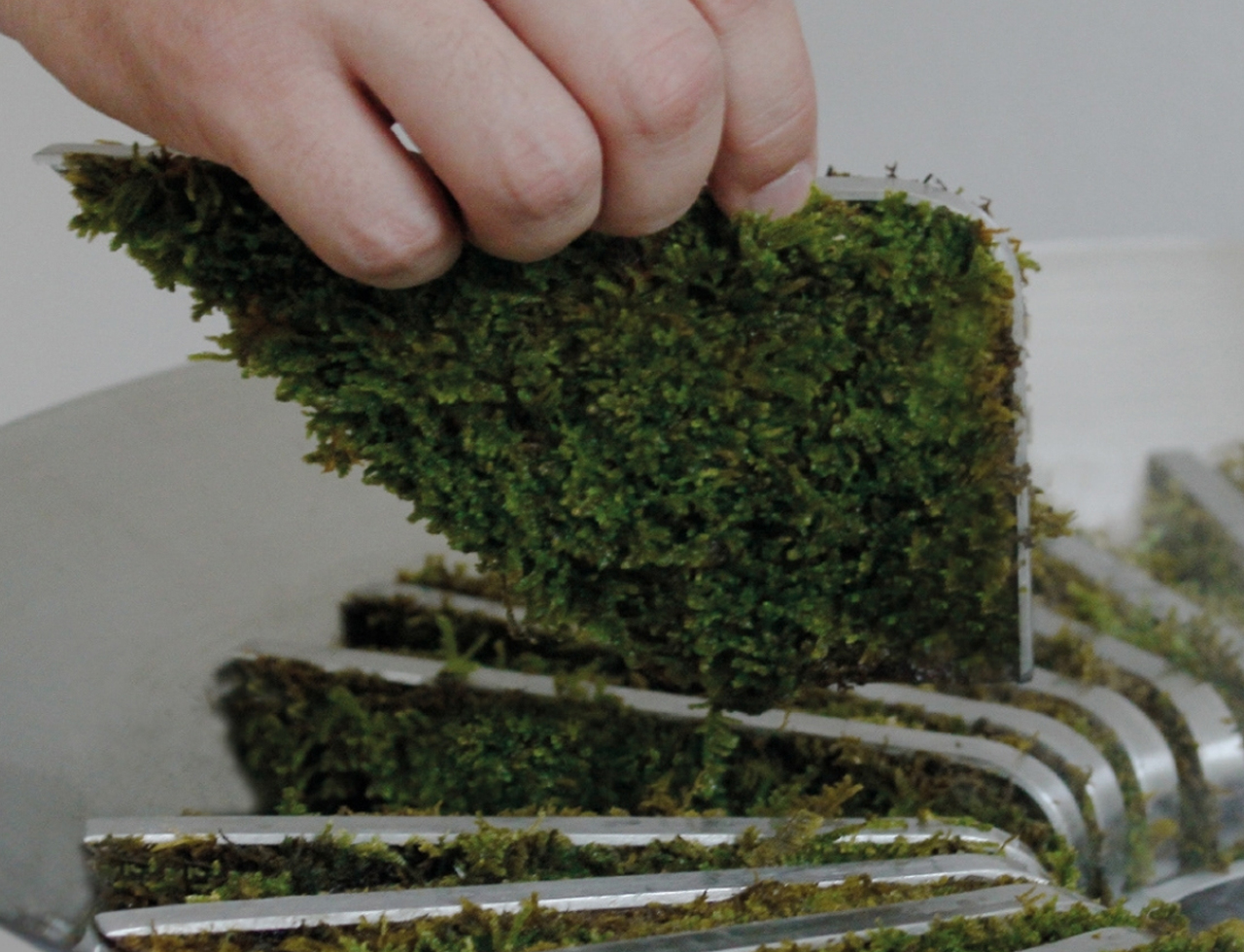
The Moss Humidifier combines the natural properties of moss with artificial humidification. The moss actively filters pollutants, while the integrated humidifier keeps moisture levels balanced. This eco-friendly solution helps maintain a healthy indoor environment without relying on chemicals.
9. Use a Kitchen Chimney
Cooking emits pollutants like carbon monoxide that can quickly fill your kitchen and home. Using a chimney or an exhaust hood helps to filter and remove these particles, reducing harmful gases and keeping your air fresh. Kitchen chimneys are crucial for removing smoke, grease, and cooking odors from your living space.
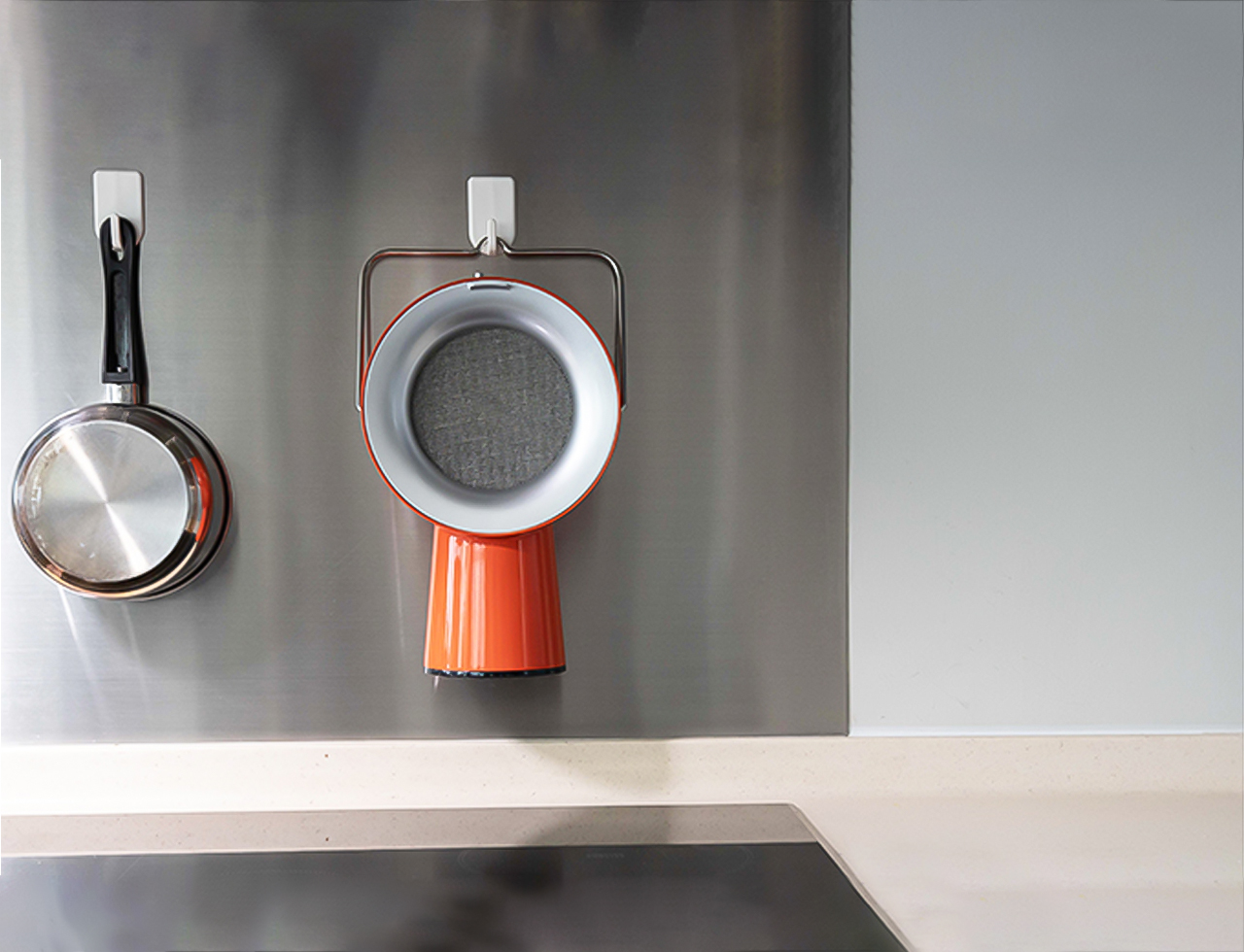
AirHood is an effective portable range hood with a powerful fan and charcoal filters for neutralizing odors and smoke. Its lightweight and flexible setup allows it to be moved wherever needed, making it ideal for kitchens without a built-in ventilation system.
10. Clean Rugs and Carpets
Rugs and carpets trap dust, dirt, and allergens, which can compromise indoor air quality if left unchecked. Regular vacuuming and deep cleaning can remove these harmful particles. High-quality vacuums, especially those with HEPA filters, can reduce allergens and improve the overall air quality.
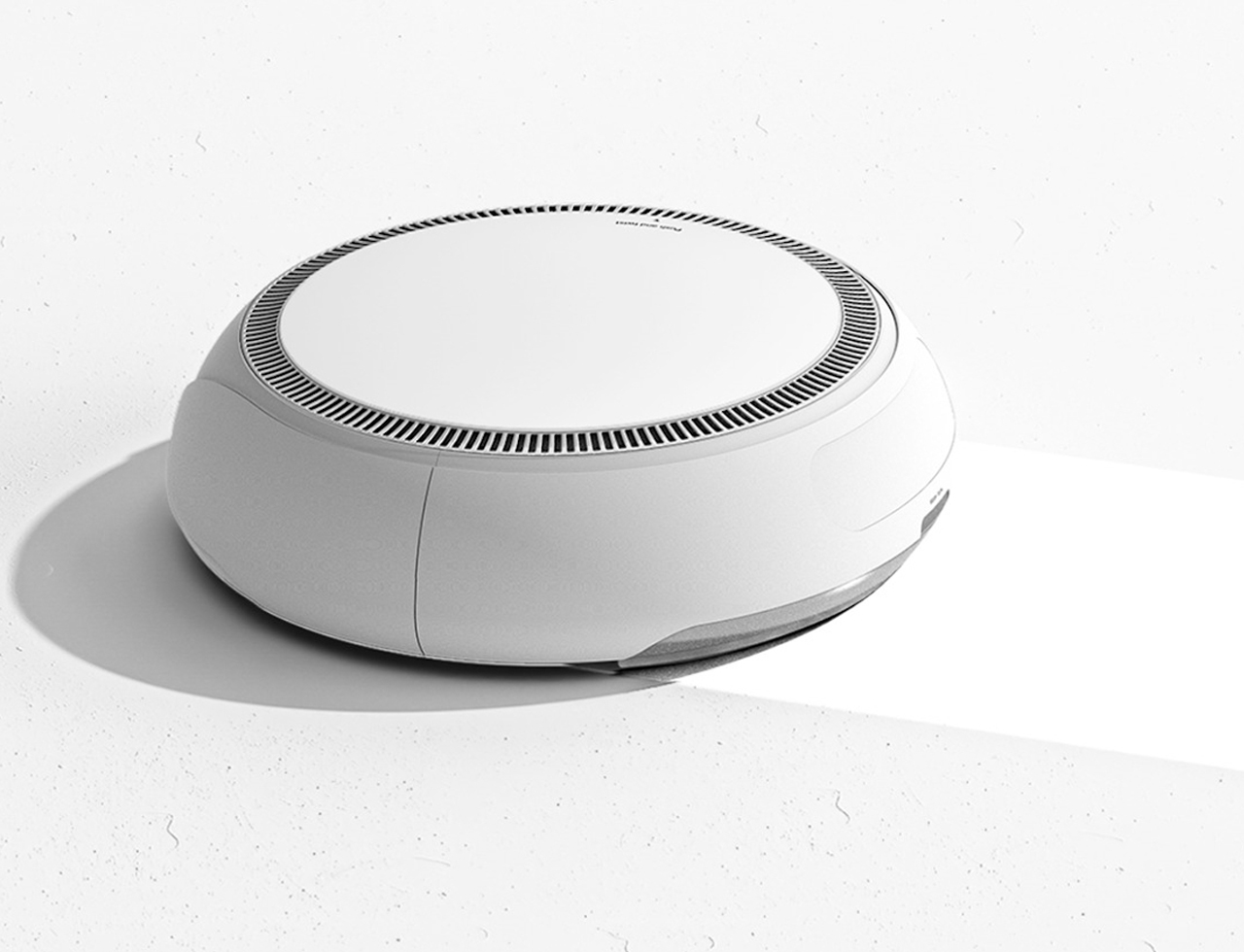
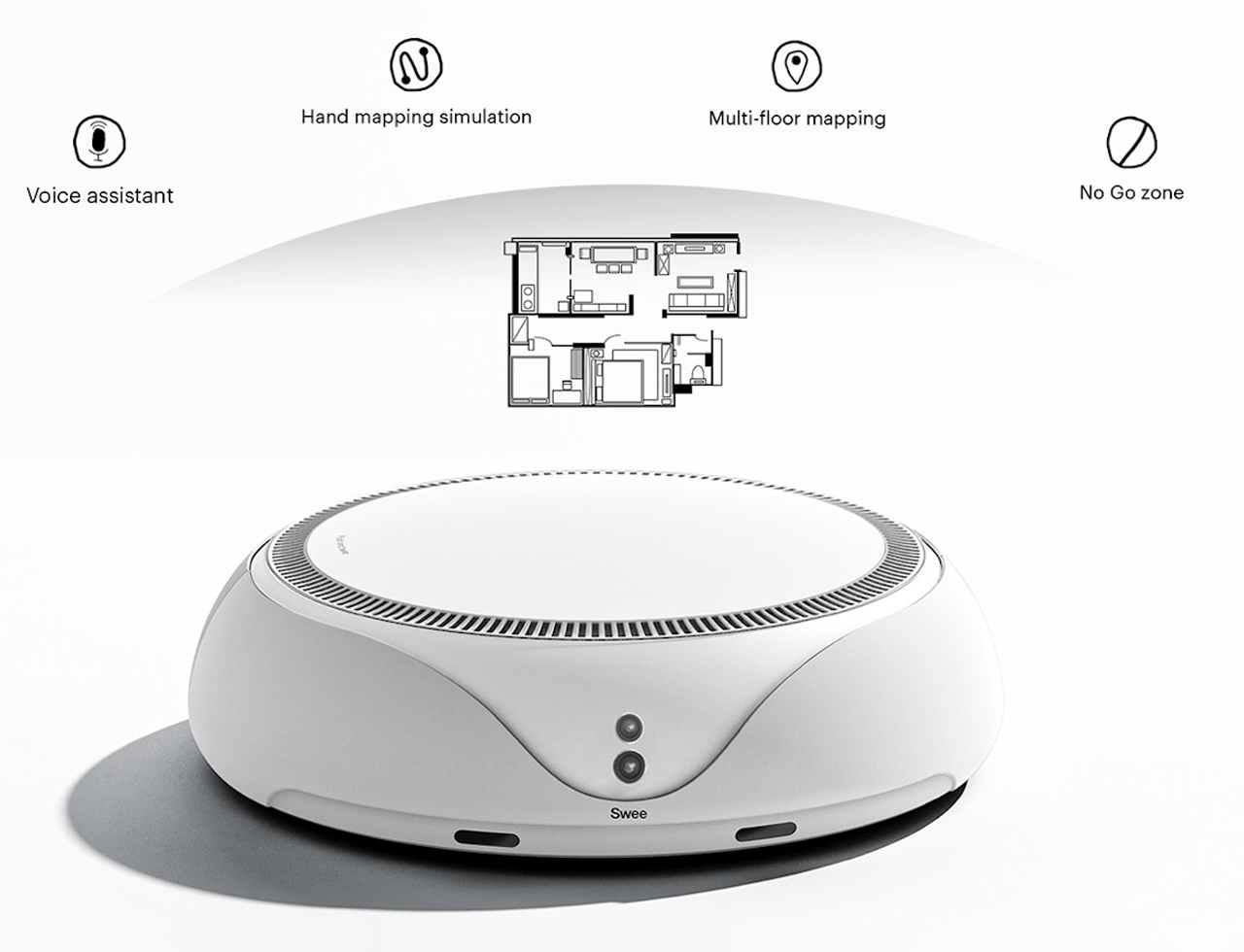
Swee is designed to keep carpets and rugs free from dust and dirt with minimal effort. Its tapered profile and powerful cleaning system help remove allergens, while its innovative design fits seamlessly into any modern living space.
The post Breathe Easy: 10 effective steps and products to purify your home’s indoor air first appeared on Yanko Design.
